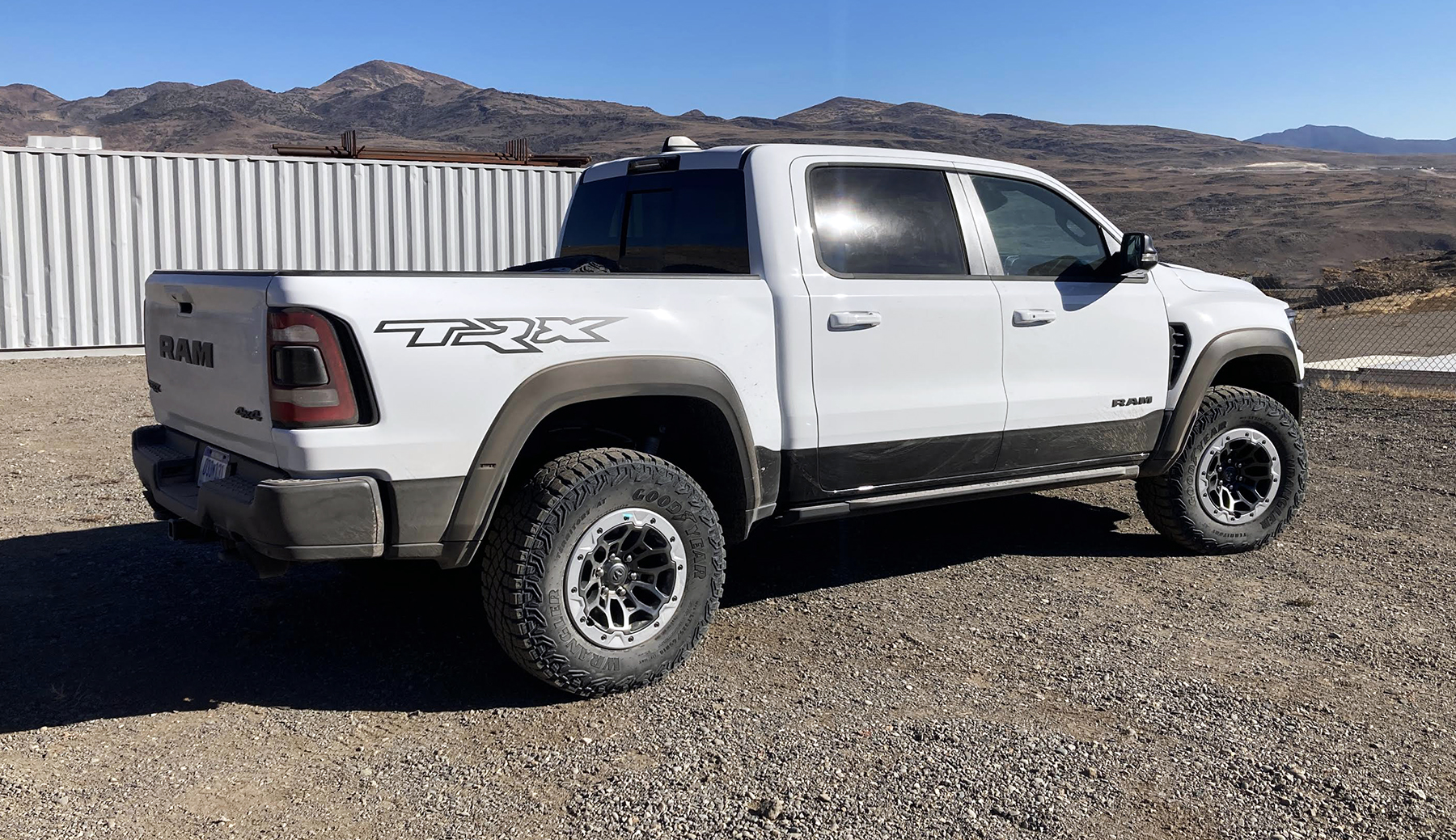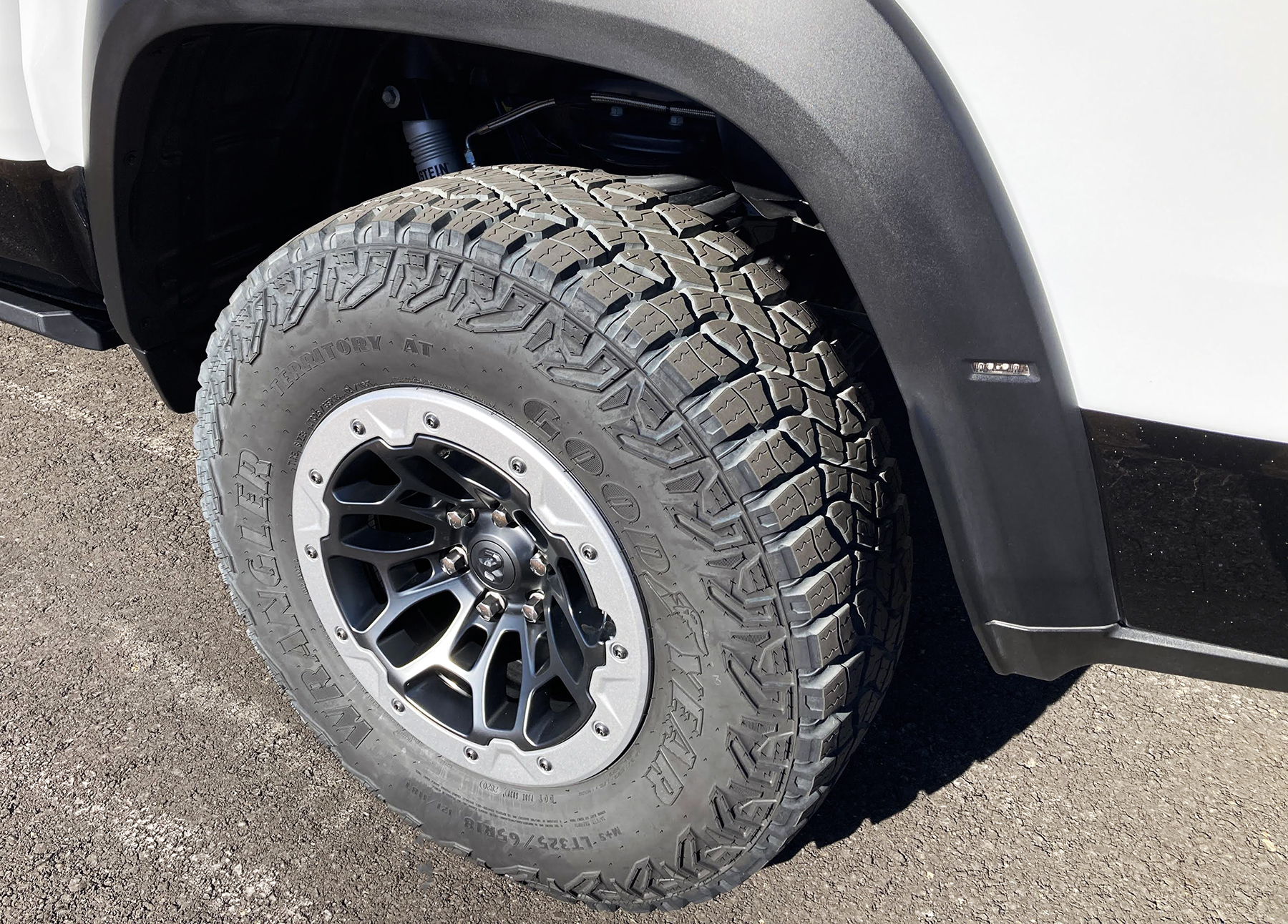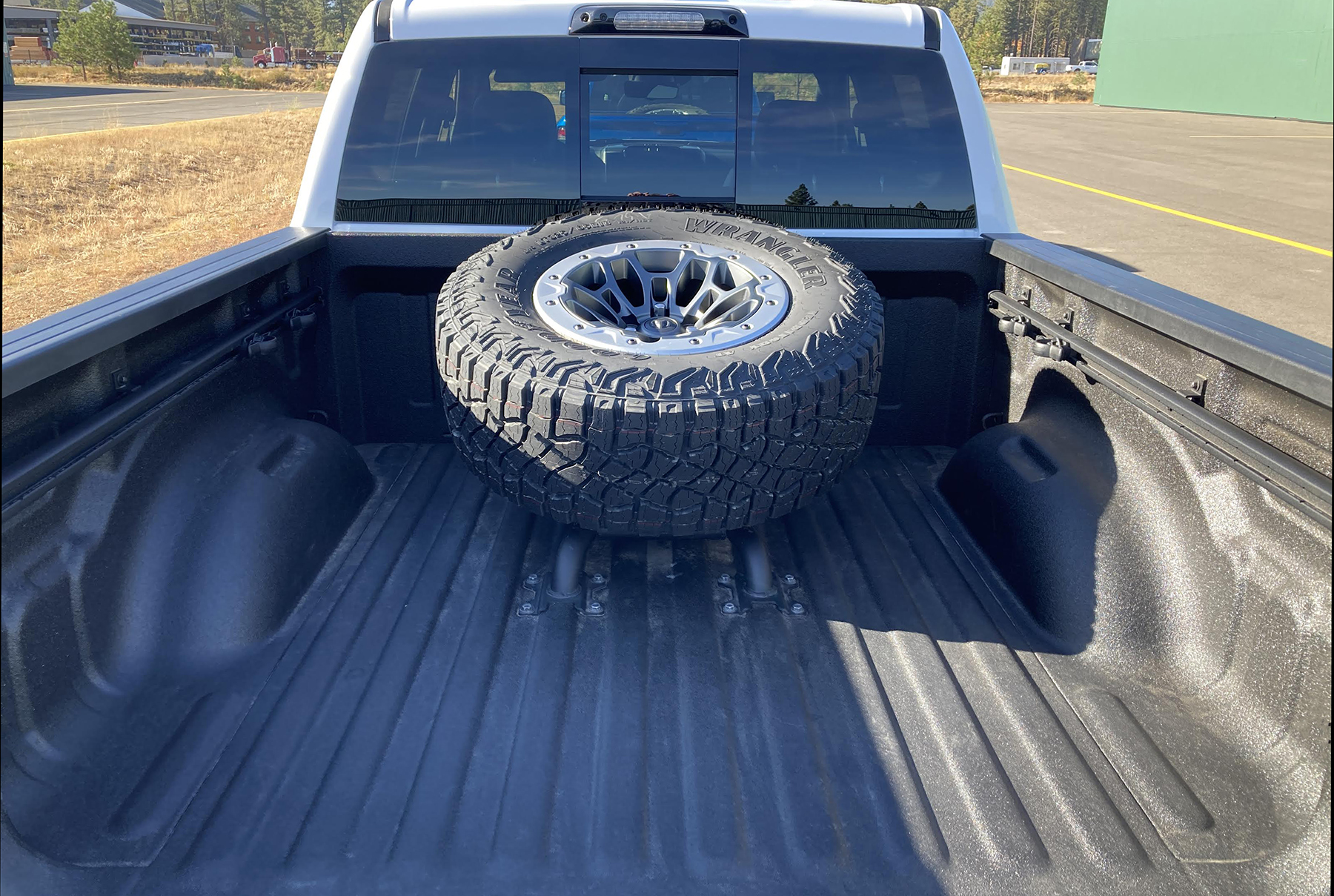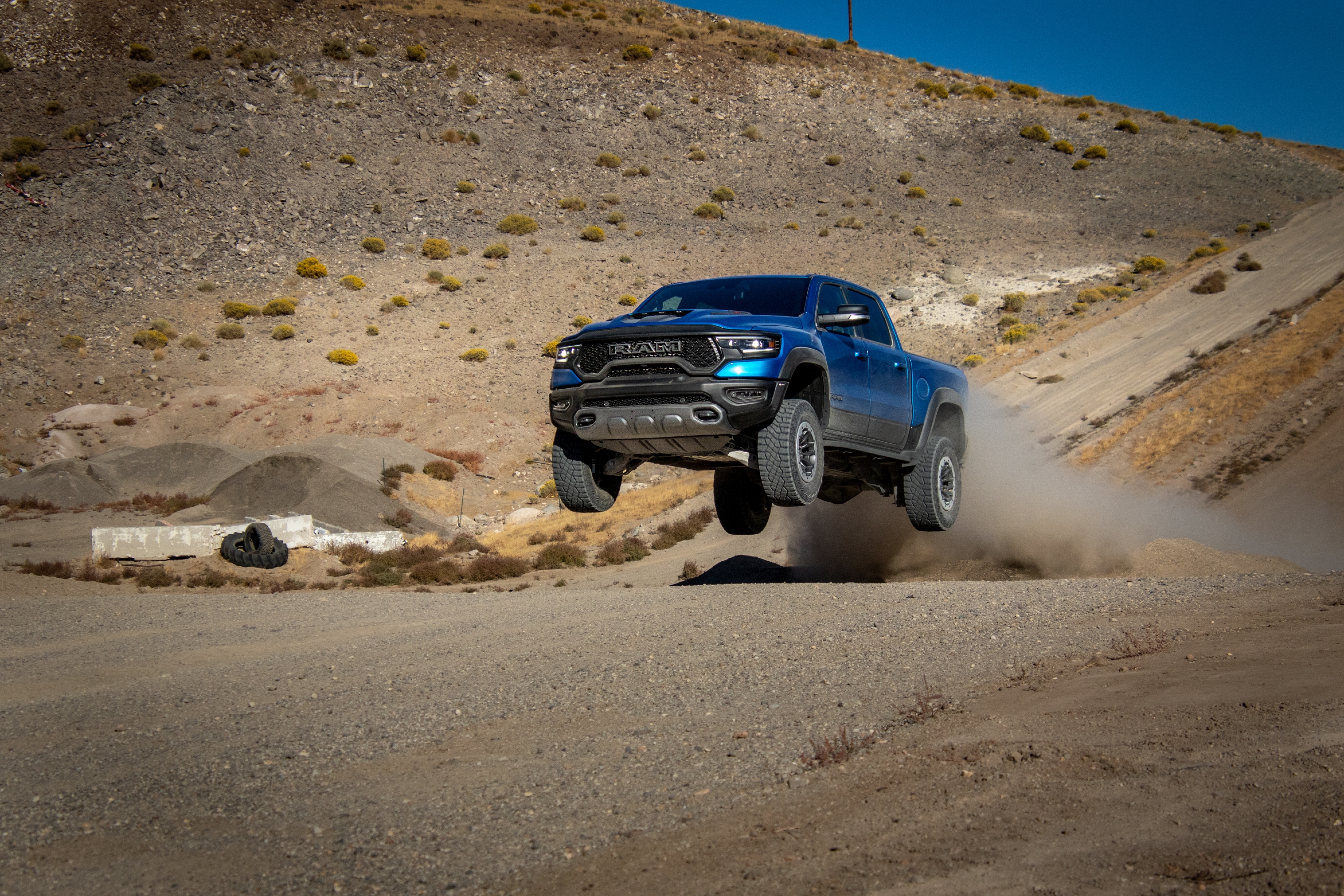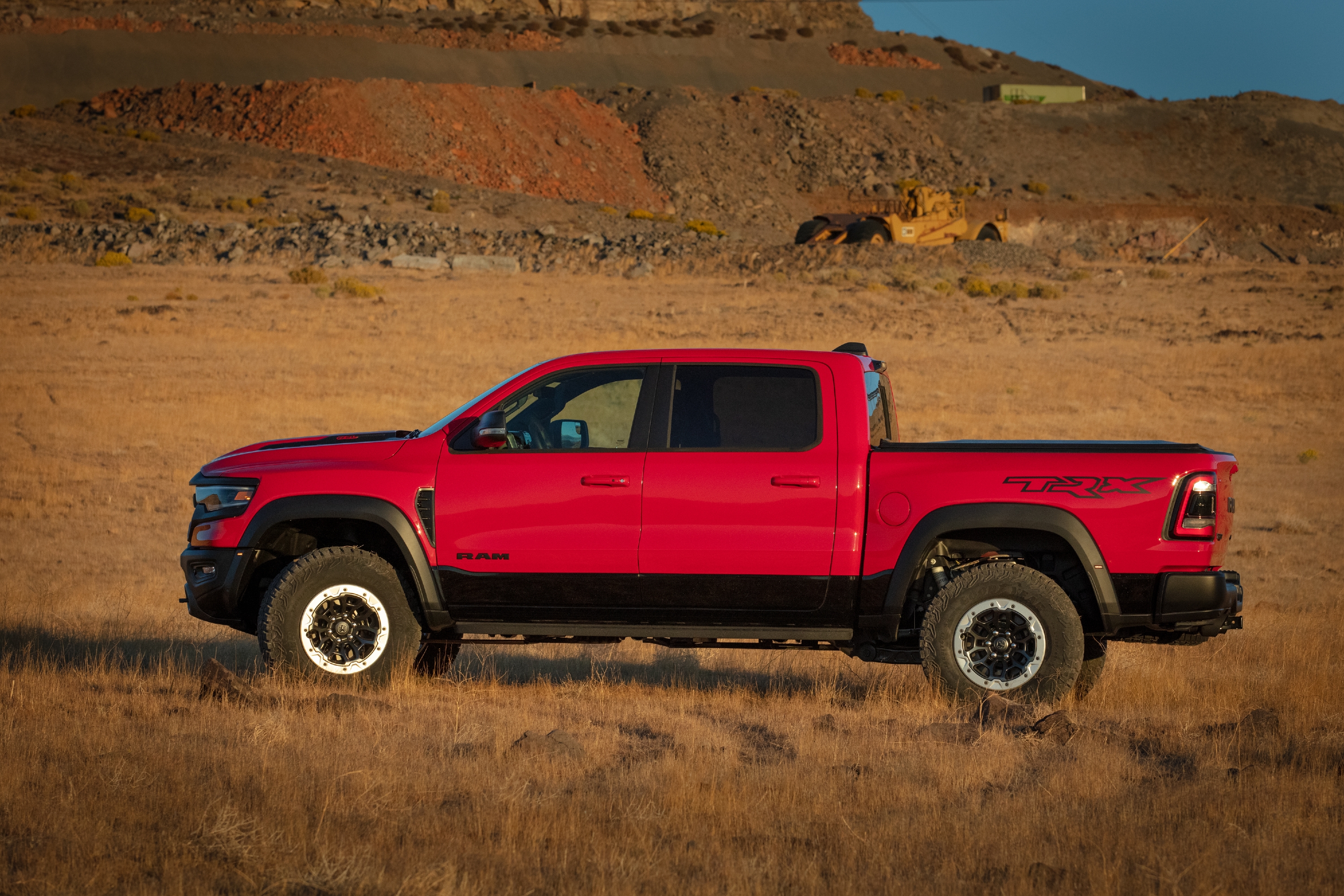
2021 Jeep Grand Cherokee L Overland 4×4 in Silver Zynith (a $345 option)
 2021 Jeep Grand Cherokee L Overland 4×4
2021 Jeep Grand Cherokee L Overland 4×4
Class: Midsize Crossover/SUV
Miles driven: 579
Fuel used: 35.4 gallons
Real-world fuel economy: 16.4 mpg
Driving mix: 35% city, 65% highway
| CG Report Card | |
|---|---|
| Room and Comfort | A- |
| Power and Performance | A |
| Fit and Finish | B+ |
| Fuel Economy | C- |
| Value | B- |
| Report-card grades are derived from a consensus of test-driver evaluations. All grades are versus other vehicles in the same class. Value grade is for specific trim level evaluated, and may not reflect Consumer Guide's impressions of the entire model lineup. | |
| Big & Tall Comfort | |
| Big Guy | A |
| Tall Guy | A |
| Big & Tall comfort ratings are for front seats only. "Big" rating based on male tester weighing approximately 350 pounds, "Tall" rating based on 6'6"-tall male tester. | |
| Drivetrain | |
| Engine Specs | 357-hp 5.74-liter |
| Engine Type | V8 |
| Transmission | 8-speed automatic |
| Drive Wheels | 4WD |
EPA-estimated fuel economy: 14/22/17 (mpg city/highway/combined)
Fuel type: Midgrade gas
Base price: $54,995 (not including $1695 destination charge)
Options on test vehicle: Silver Zynith paint ($345), Luxury Tech Group IV ($1995), Advance ProTech Group III ($1995), Off-Road Group ($1095), 5.7L Hemi V8 engine ($3295; includes electronic brake hold and upgraded rear axle), Uconnect 5 Navigation with 10.1-inch display ($1795; includes 19-speaker high-performance audio and 950-watt amplifier)
Price as tested: $67,210
Quick Hits
The great: Spacious cabin for both people and cargo; satisfying acceleration; upscale interior materials
The good: Off-road capability, especially when properly equipped; long list of options and available features
The not so good: Thirsty for midgrade gasoline; luxury-brand pricing, particularly when the options are ladled on
More Grand Cherokee L price and availability information
John Biel
The lure of the 3-row midsize SUV proved too great for Jeep to continue to ignore, so make room for the Grand Cherokee L.
It’s not Jeep’s first 3-row rodeo in this size class, the 2006-10 Commander having previously covered that ground. But in the years since the unlamented Commander laid down its arms, the field for vehicles of its type expanded. Indeed, at its debut as a 2021 vehicle, the Grand Cherokee L joined a field of 12 other “mainstream” and 11 “premium” midsize sport-utes with 6- to 8-seat capacity.
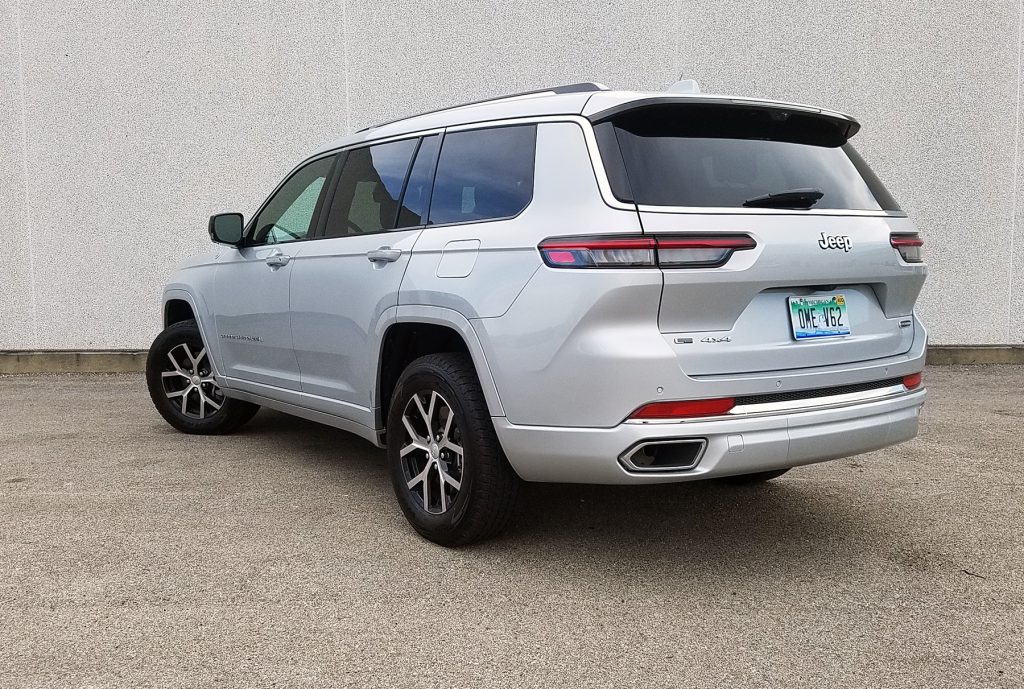
While the regular-length, two-row Jeep Grand Cherokee is a carryover for 2021, the new three-row Jeep Grand Cherokee L kicks off the Grand Cherokee’s fifth generation with an all-new design. A redesigned two-row Grand Cherokee is debuting for the 2022 model year on a shorter version of the L’s new architecture.
The name pretty much tells you all you need to know about the source material. It is a (L)onger Grand Cherokee—and will even be more so for 2022 when an updated 2-row model adopts the same core platform features—with an additional 6.9 inches of wheelbase and 15.1 inches of body length. (Fun fact: The Commander was derived from the Grand Cherokee of its day.) They share an 8-speed automatic transmission, a couple of engines, and four trim levels, but the ’21 Grand Cherokee L inaugurates a new unibody platform with a higher degree of aluminum components and greater use of high-strength steel. Where Grand Cherokee seating capacity is capped at five persons, the L seats six in standard form or seven with an optional second-row bench seat.
Quick Spin: 2021 Volkswagen Atlas Basecamp

The Grand Cherokee L’s interior ambiance is more upscale than previous Grand Cherokees, particularly in Overland and top-line Summit trim. The Overland’s standard features include a heated steering wheel and heated/ventilated front seats. A $1795 option package adds a 10-1-inch infotainment screen and a 19-speaker McIntosh-brand stereo.
Consumer Guide tested a 4-wheel-drive L in Overland trim. The base price with delivery was $56,690, but a trio of option groups, the 5.7-liter Hemi V8 engine, an audio upgrade, and premium Silver Zynith paint pushed the full tab to $67,210. Had the test vehicle been a rear-wheel-drive model, that figure would have been $2000 less.
Regardless of price or trim, the Grand Cherokee L affords excellent passenger space in the first two rows, and tolerable room for two adults in the third row, especially if middle passengers can track their seats forward. Tilting second-row captain’s chairs clear access to the back row. Front seats provide the most comfort (though one of our testers thought the seat backs should have been a bit plusher); seats in the other rows are a little firmer. The standard heated and ventilated Nappa-leather front seats in the test truck were equipped with back massagers as part of the $1995 Luxury Tech Group IV option.
First Spin: 2022 Infiniti QX60

The center console houses dual cupholders, a wireless charging pad (included in the Luxury Tech Group IV option package), a rotary-dial shifter, and toggle switches for drive-mode selection and height adjustment for the standard Quadra-Lift air suspension. The Uconnect 5 touchscreen boasts high-resolution graphics and helpful displays, such as this 4WD-system readout that shows steering angle and locked/unlocked status of the transfer case and rear axle.
The personal items that users bring along can be stashed in the glove box; deep, two-tiered console box; covered bin at the front of the console that serves as the wireless-charging pad in models so equipped; and net pouches on the backs of the front seats. All four doors have pockets with bottle holders (smaller in back). Cup holders are found in the console, on the floor in the second row, and built into the sidewalls for third-row occupants.
Quick Spin: 2021 Toyota Highlander XSE
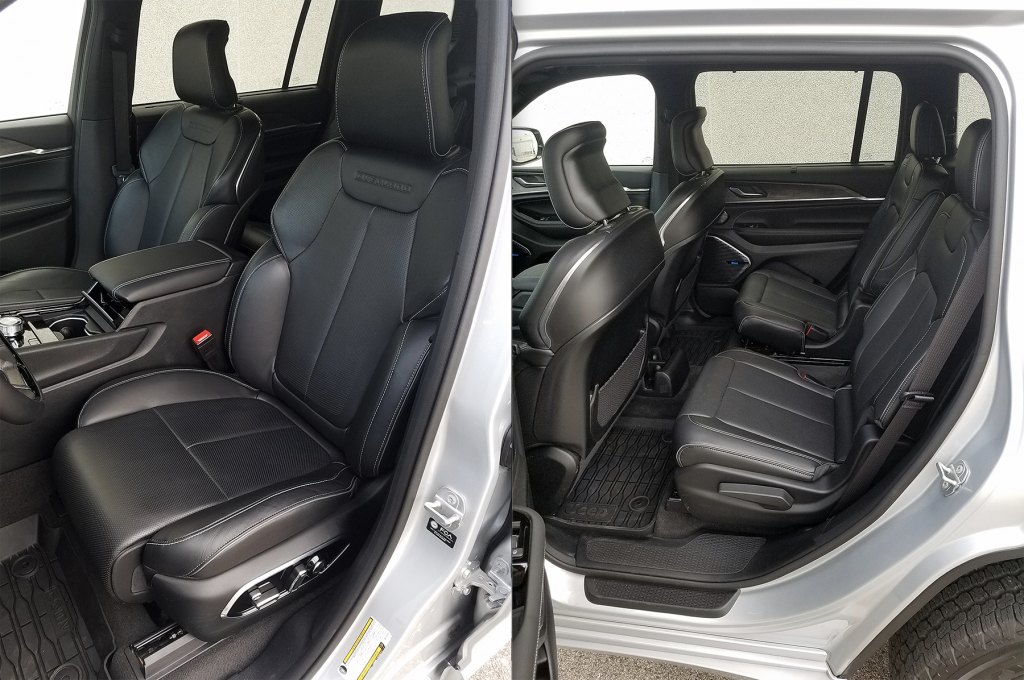
There’s excellent space in the front and second-row seats. The Luxury Tech Group IV adds high-end features such as Nappa leather upholstery and 12-way power-adjustable seats with a back-massager function.
The roomy, elongated interior pays dividends in cargo space, too. With all seats up, there’s 17.2 cubic feet of room for stuff (plus some hidden space under the deck). Lower the power-retractable 50/50-split rear seats flat with the cargo floor and remotely release the middle seats and 84.6 cubic feet are at your disposal. However, it was suggested by one editor that the hatch opening seems small for the truck’s size and the roof’s slope restricts the height of the opening.
First Spin: 2022 Jeep Wagoneer and Grand Wagoneer
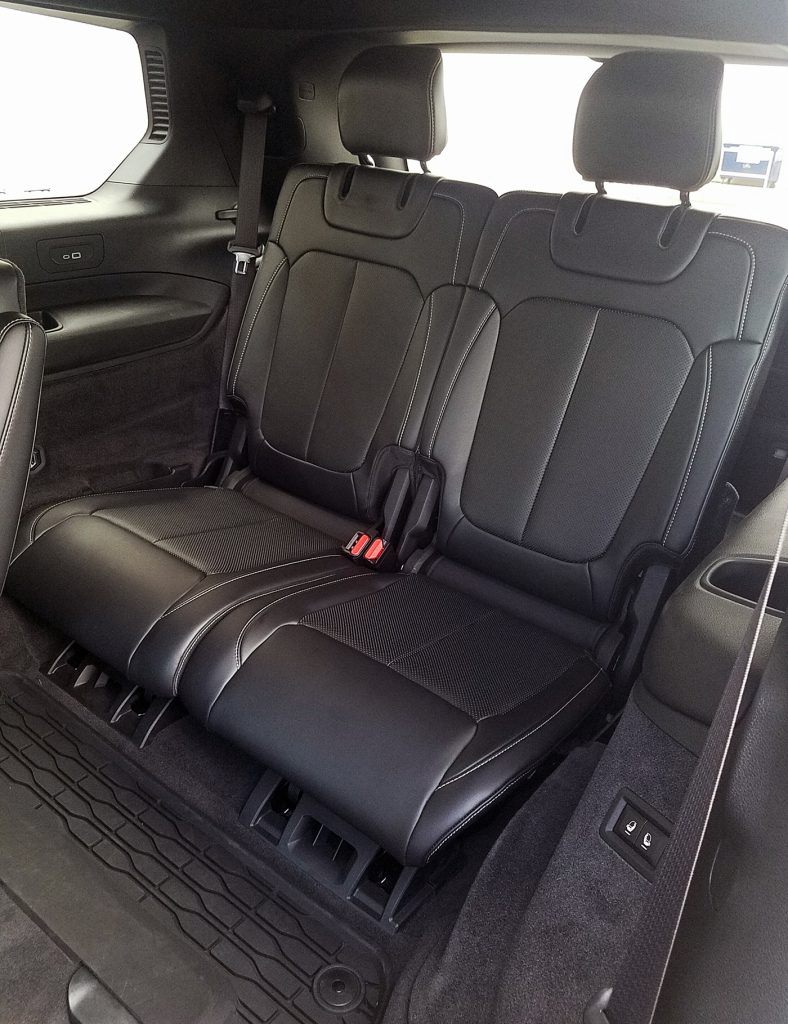
Here’s one of the main benefits of the Grand Cherokee L’s extra length–third-row seats that are relatively easy to access and offer tolerable headroom and legroom for average-sized adults.
A 3.6-liter V6 of 293 horsepower is standard for all Grand Cherokee Ls. Overland, Summit, and Summit Reserve 4x4s can be had with the Hemi V8 that generates 357 horsepower and 390 lb-ft of torque. It costs $3295 to add to an L but it raises towing capacity to 7200 pounds—a full 1000 pounds more than the V6 can accomplish. Note that the Hemi is supposed to be fed mid-grade gasoline, and plenty of it. EPA fuel-economy estimates are 14 mpg in city driving, 22 mpg in highway use, and 17 combined, but this reviewer’s 96.4 miles in the truck—with 75 percent city-style operation—averaged just 11.6 mpg.
Test Drive Gallery: 2020 Lincoln Aviator Reserve

In size and price, the Grand Cherokee L straddles the line between the midsize and large SUV classes. There’s a generous 17.1 cubic feet of cargo space behind the third-row seats, which grows to 46.9 cu. ft. with the third row folded.
If you need it, Jeep—being Jeep—will make even the plushest Grand Cherokee L ready for the dusty, rocky, or wet trail. CG’s tester was outfitted with the optional Off-Road Group with all-terrain tires on 18×8-inch alloy wheels; skid plates to guard the front suspension, transfer case, and fuel tank; and an electronic limited-slip rear axle. Three different 4×4 systems are doled out to the various models. Overlands get Quadra-Trac II with a two-speed transfer case that can automatically shift as much as 100 percent of available torque to the axle with the most traction. This system also includes “Selec-Terrain” traction management with console-lever-activated “Auto,” “Sport”, “Snow,” “Sand/Mud,” and “Rock” modes that tailor power application to the surface.
In our on-road driving, the Grand Cherokee L displayed great day-in, day-out ride and handling, especially in Auto mode, and it wasn’t too bad in Sport either. The standard air suspension automatically lowers the car highway speeds are attained (confirmation will appear on the instrument display), then raises it again at lower speeds. Choosing Sport mode lowers the vehicle right away. In off-road work, though, the L can be lofted an additional 2.4 inches for added ground clearance.
Quick Spin: 2021 GMC Yukon AT4
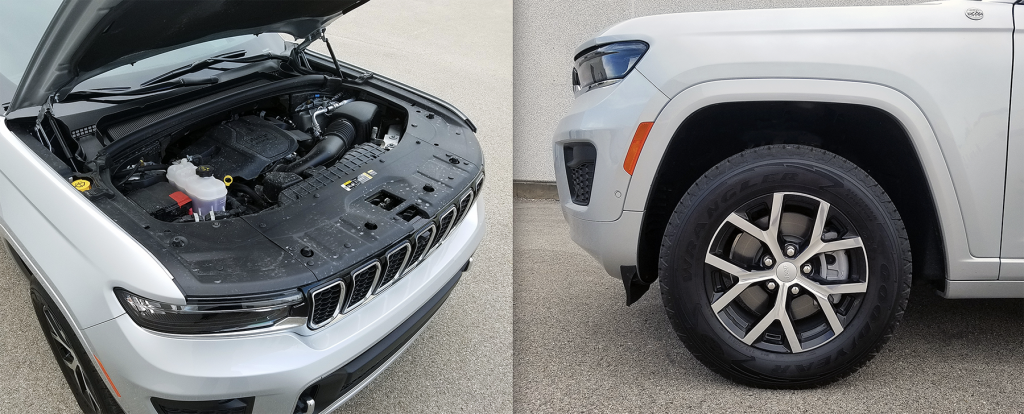
The optional 5.7-liter Hemi V8 adds a significant $3295 premium onto an already pricey vehicle (and it’s quite thirsty for midgrade gasoline), but it supplies satisfying power. Eighteen-inch aluminum wheels on all-terrain tires are included in the $1095 Off-Road Group, as are underbody skid plates and an electronic limited-slip rear differential.
The Uconnect 5 infotainment system in the pre-production test vehicle was optioned up to a larger 10.1-inch touchscreen and 19-speaker McIntosh stereo. The audio unit impressed all our editors for sound quality. However, the Uconnect was prone to seemingly random interruptions, including an instance when the touchscreen went dark, followed by about 15 seconds of loud buzz through the speakers and then a minute or two of a “hard reboot.” Also, one of our editors felt the screen was a little resistant to his inputs.
The 2021 Grand Cherokee L blazes the trail to the next generation of midsize Jeep SUVs. It does so with expected off-road capability and family-sized room, and it affords buyers the chance to select the levels of power and luxury that they want. That should prove hard to resist, too.
Test Drive: 2021 Hyundai Palisade Calligraphy

In Hemi-powered Overland 4×4 form, the Jeep Grand Cherokee L is not cheap to buy or run, but it offers copious space for both passengers and cargo, upscale cabin trim, lots of desirable technology features, and Jeep off-road capability.
Check out the Consumer Guide Car Stuff Podcast
2021 Jeep Grand Cherokee L Overland Gallery
(Click below for enlarged images)


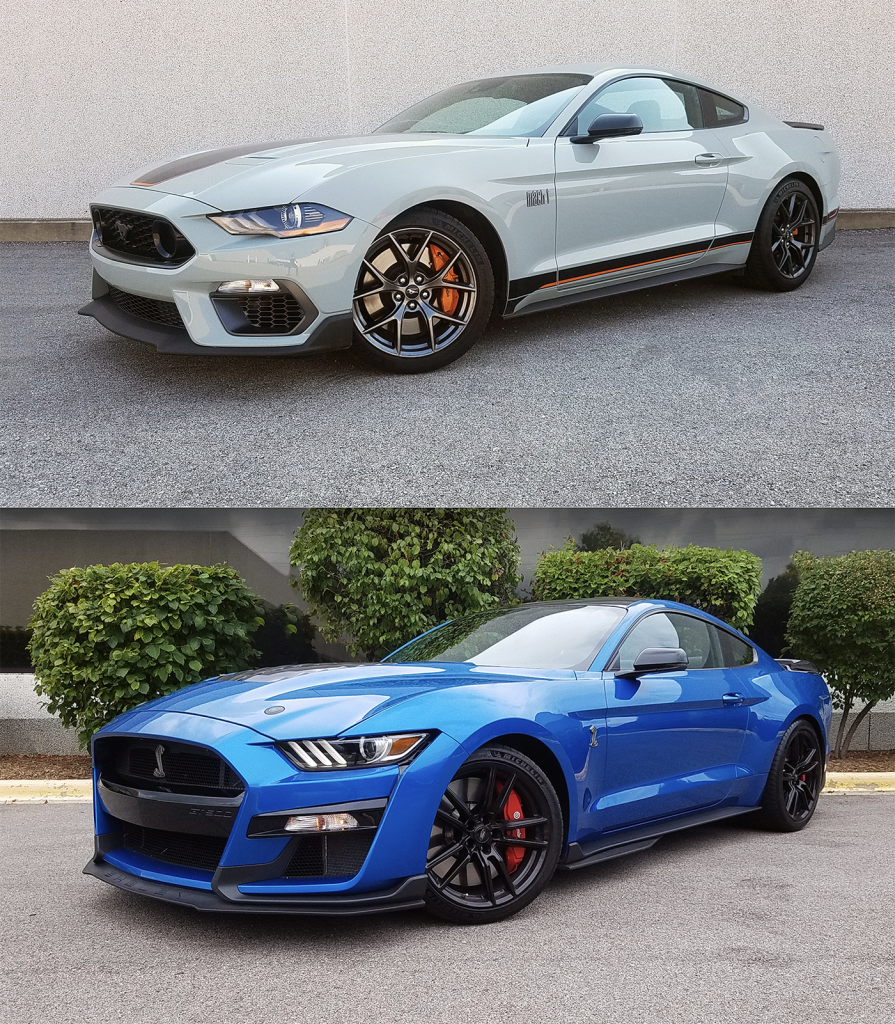
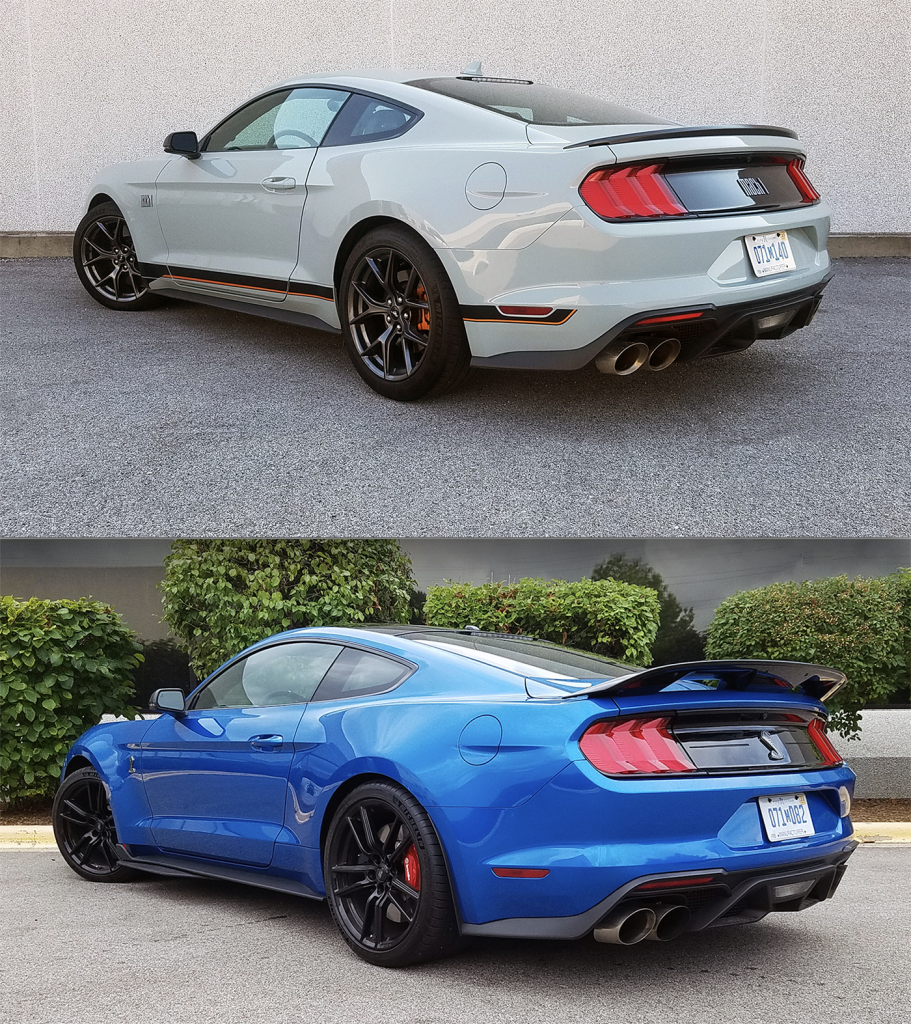
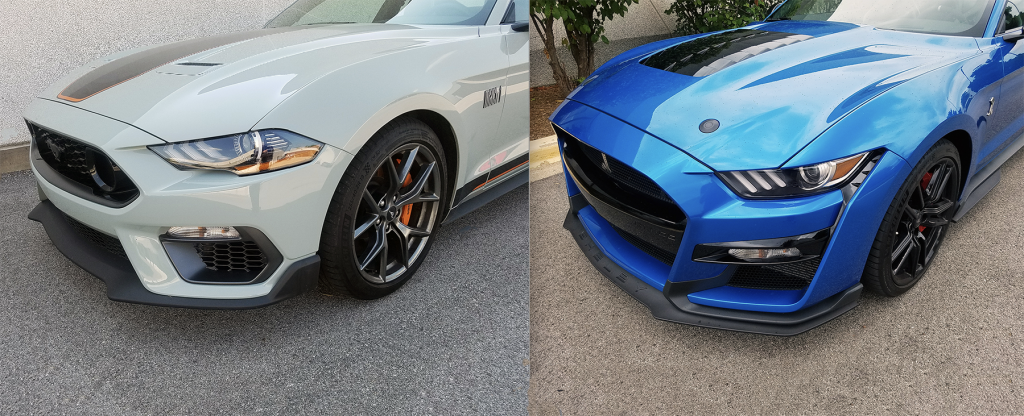



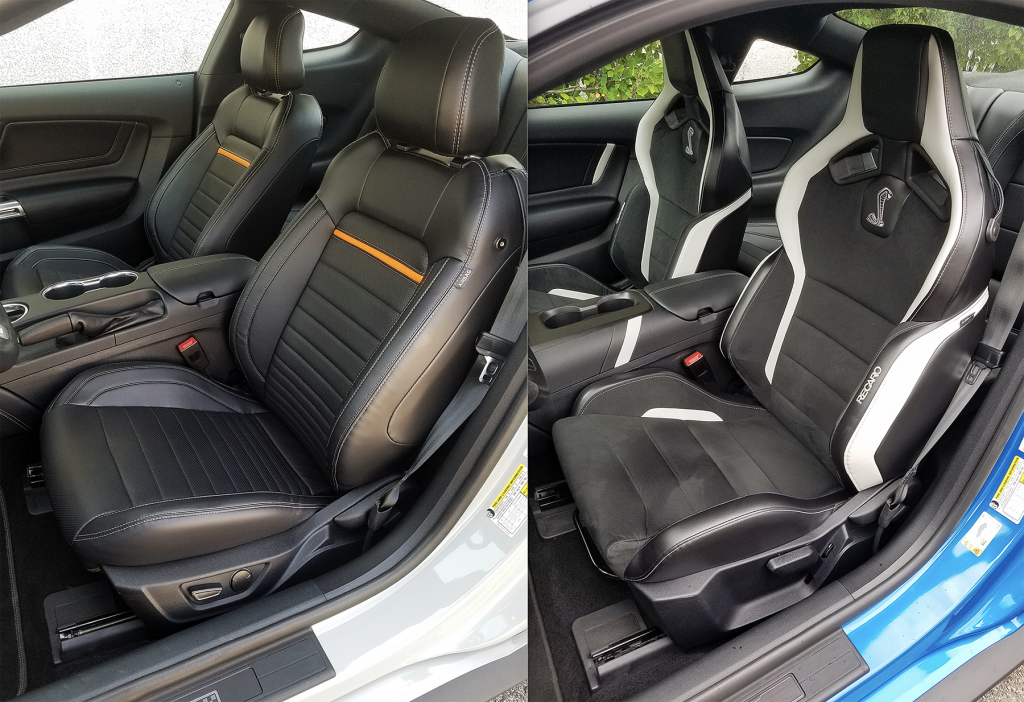
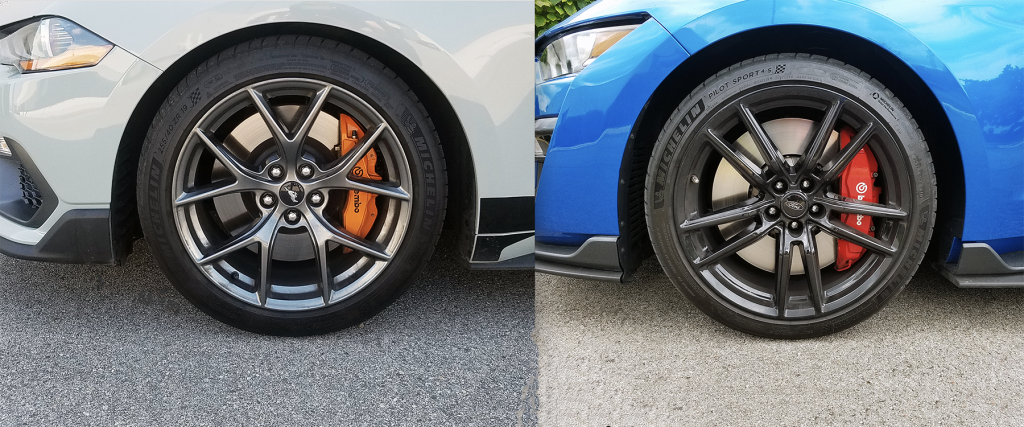
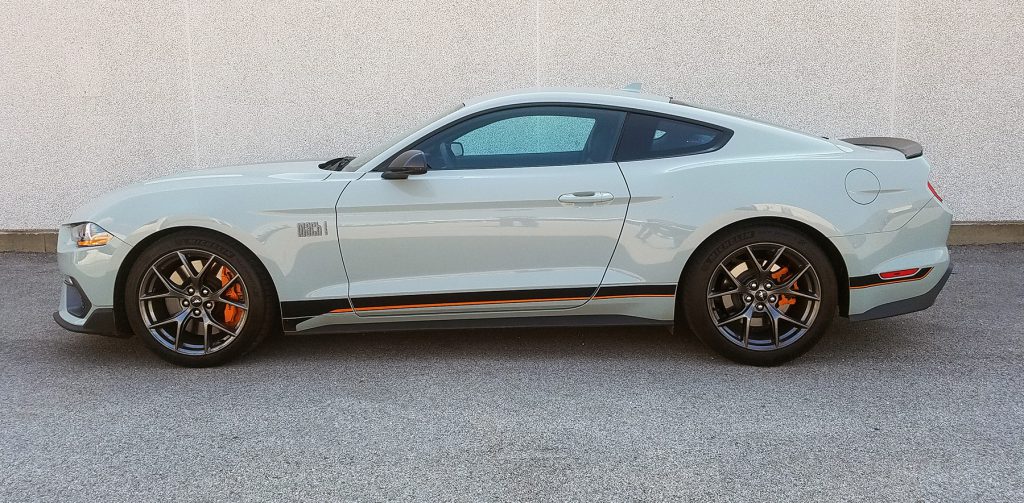
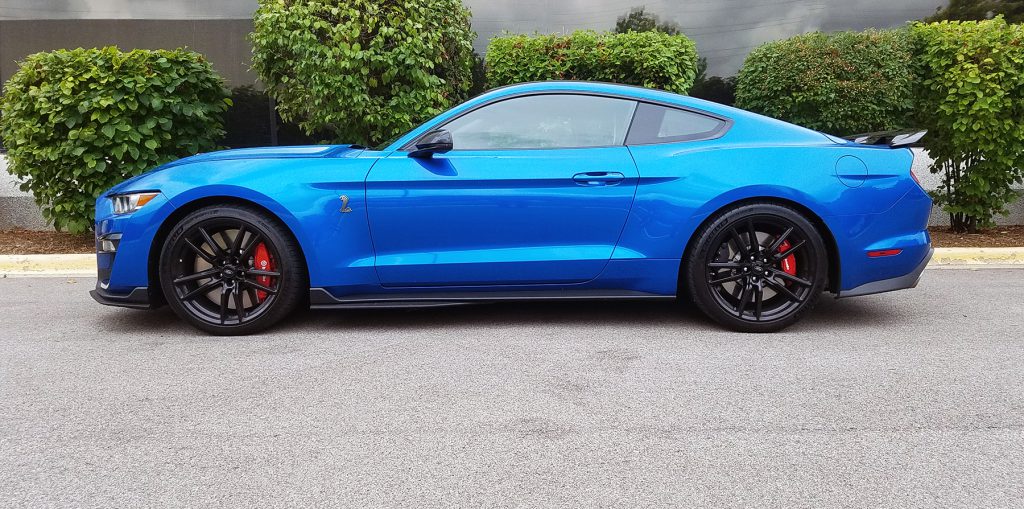
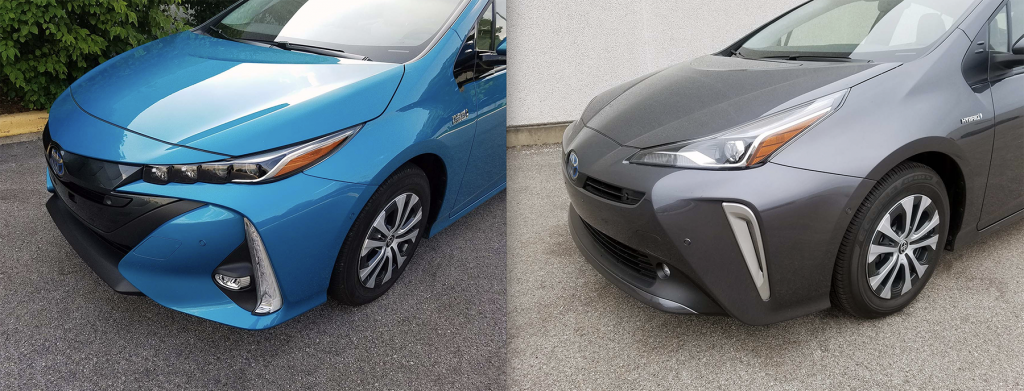
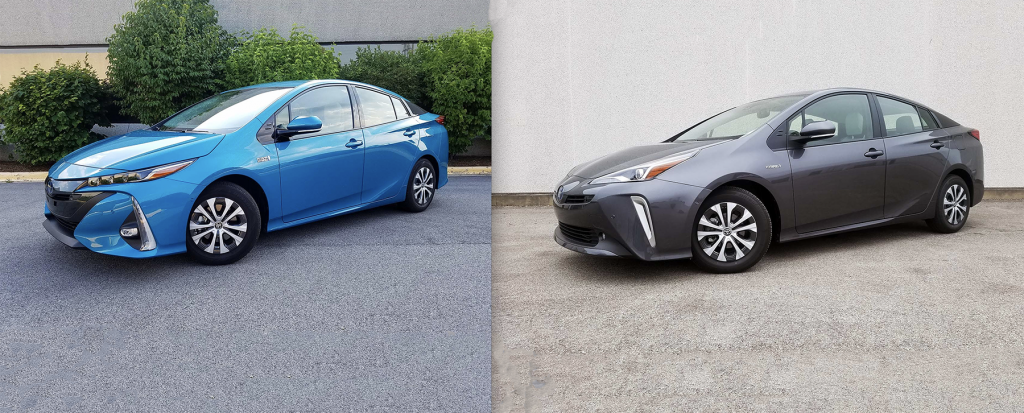
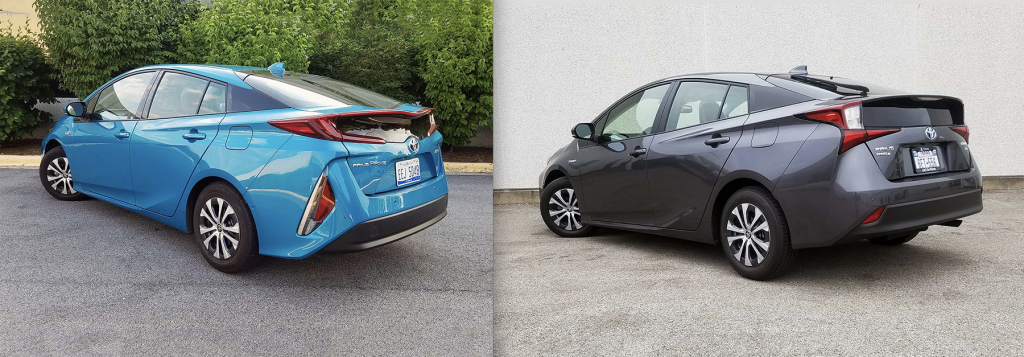

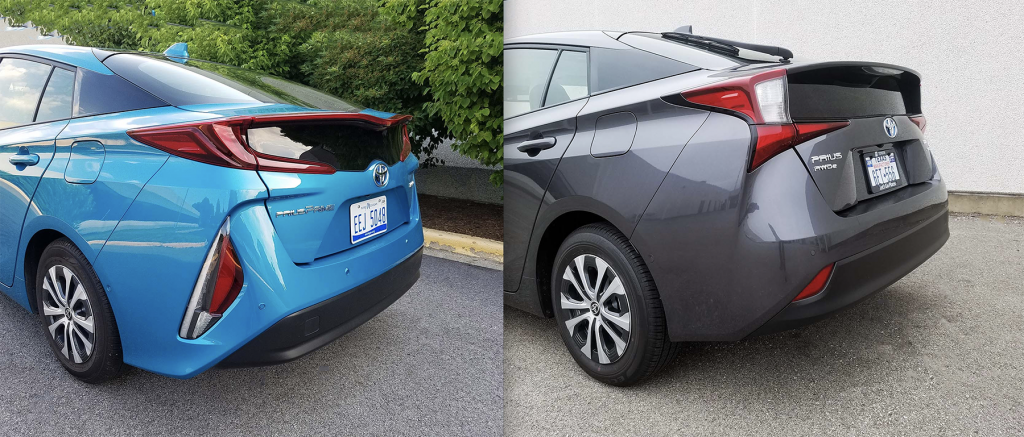

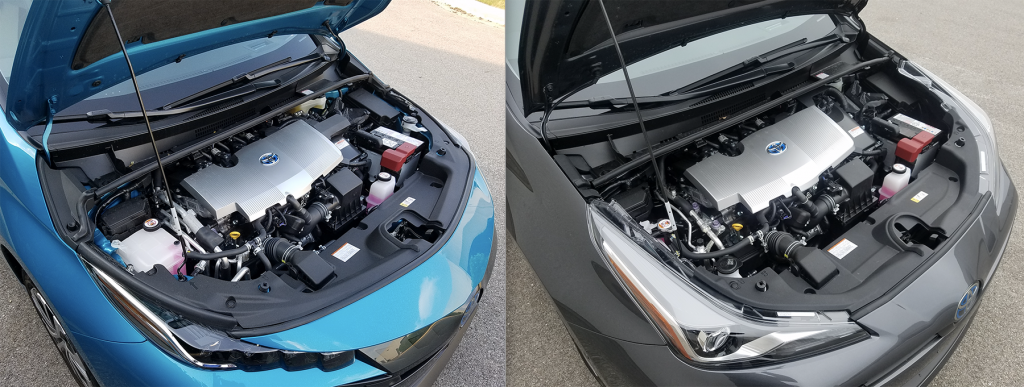

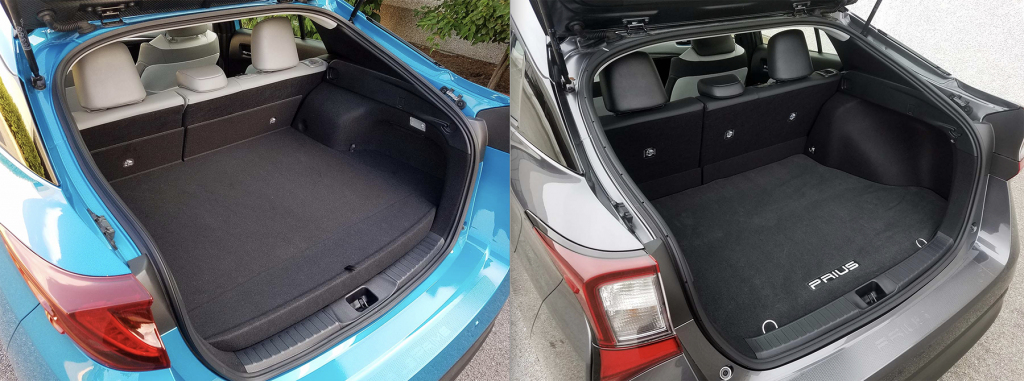

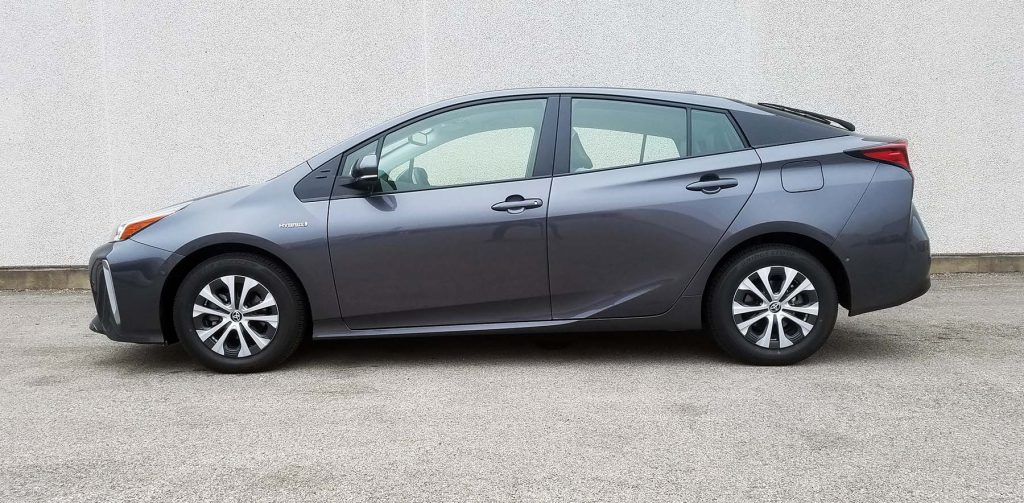
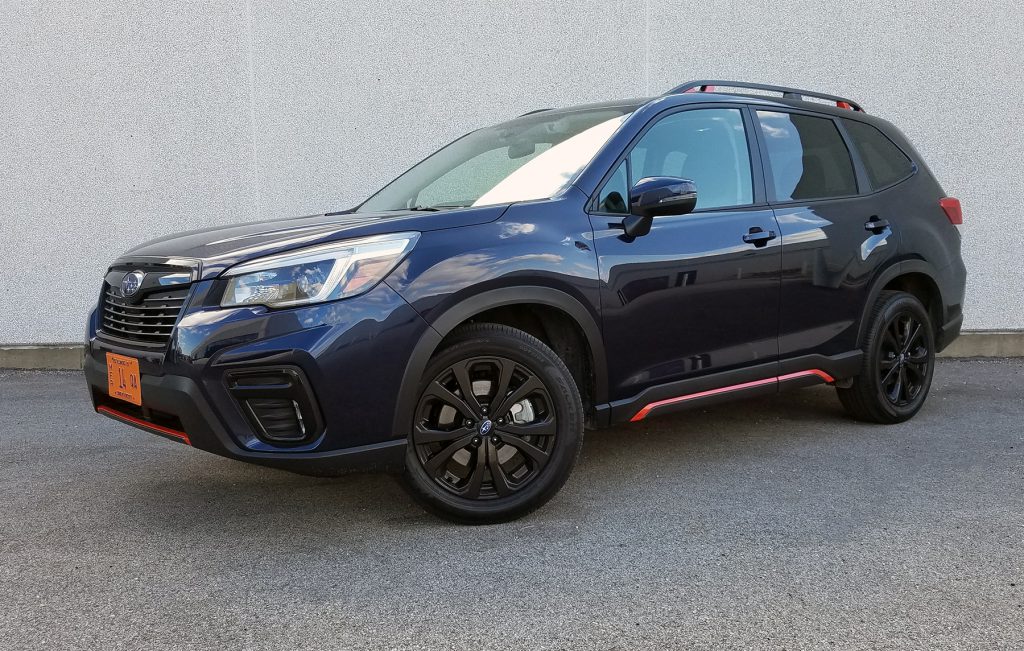


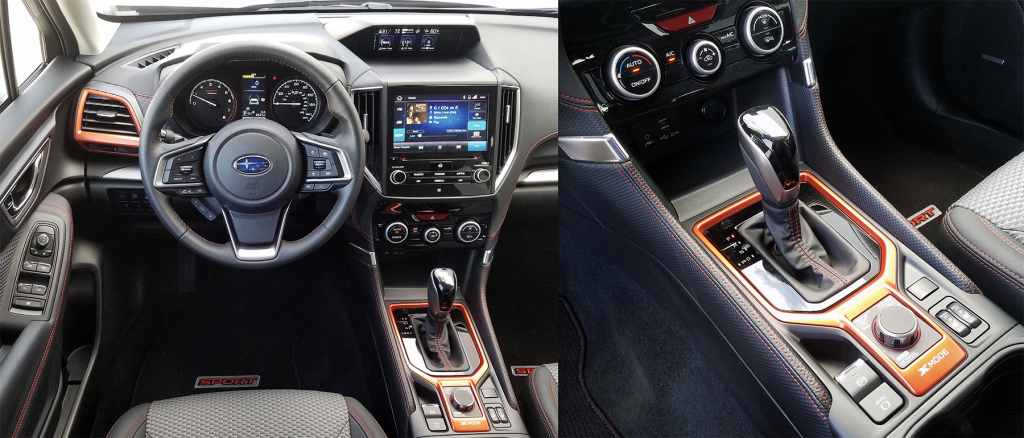


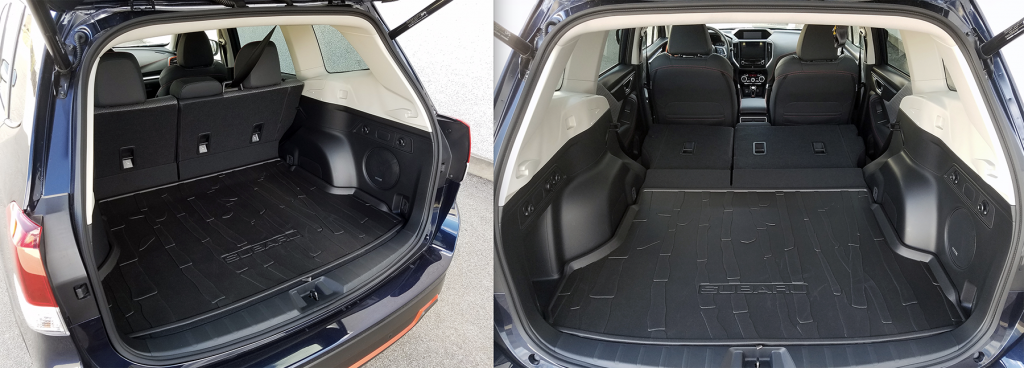
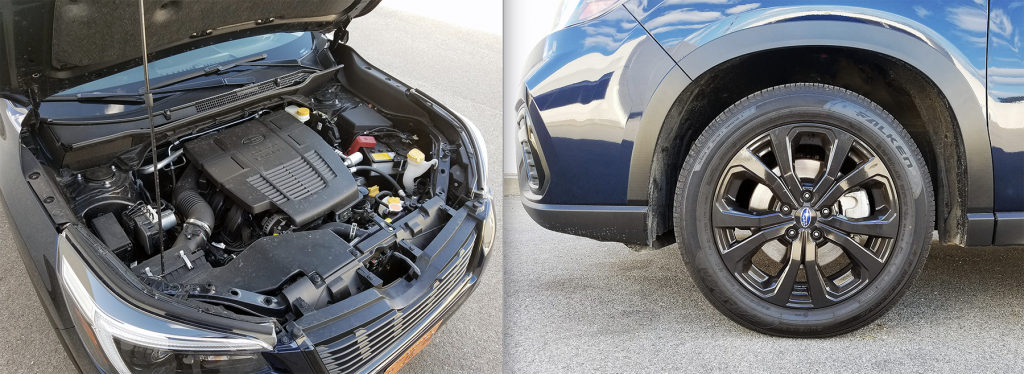

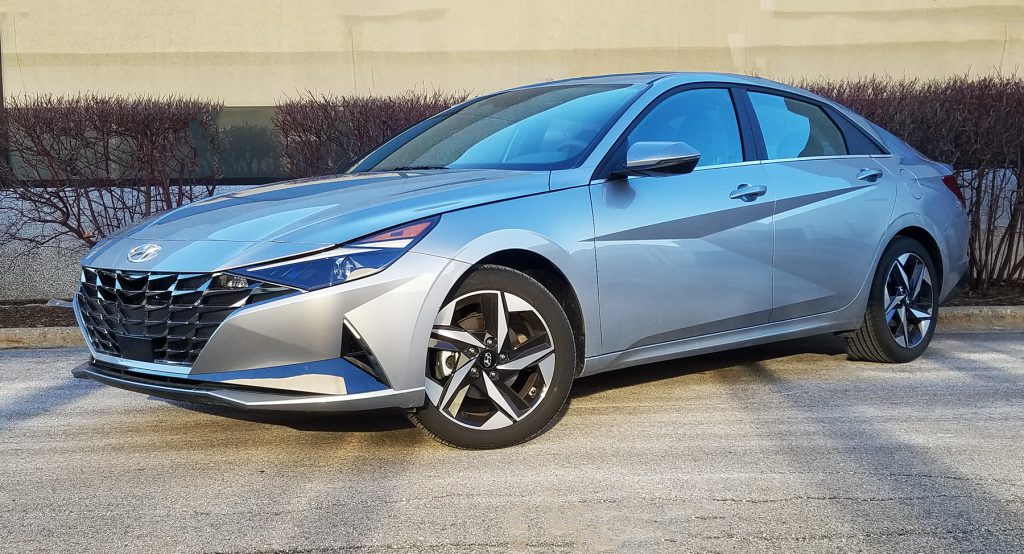

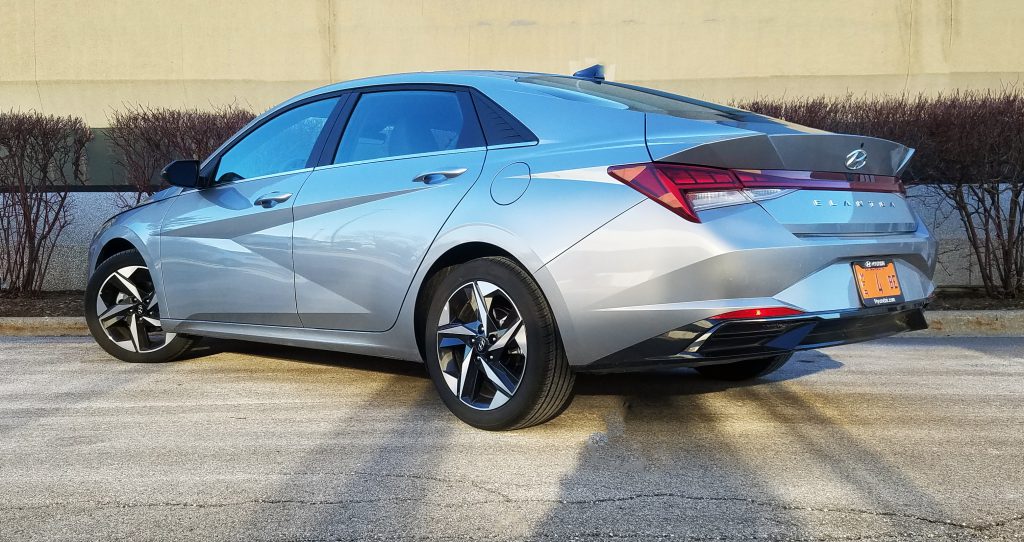
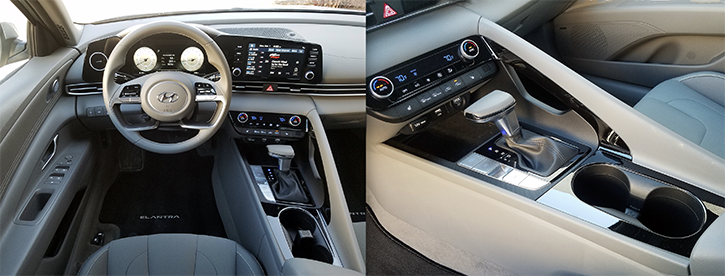
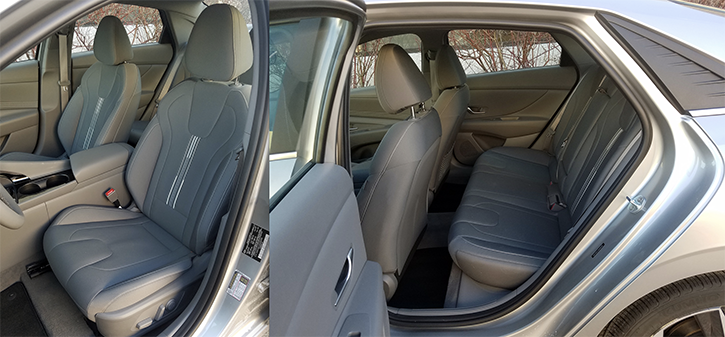
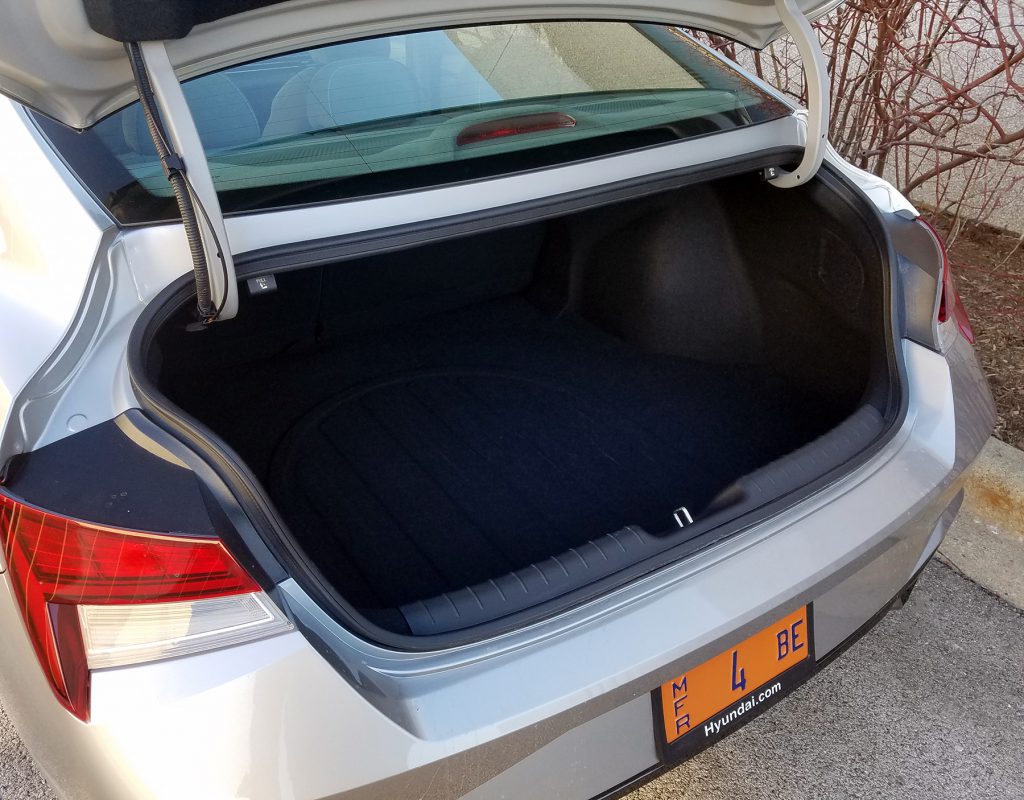


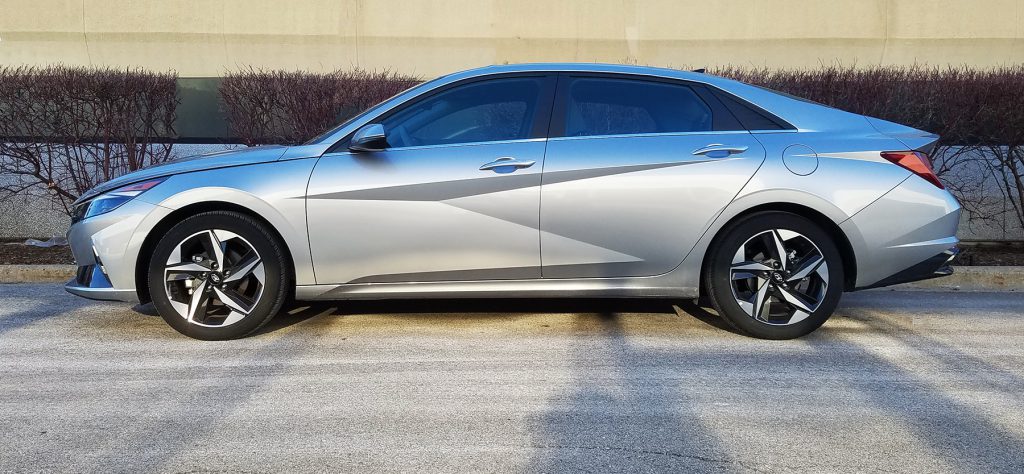
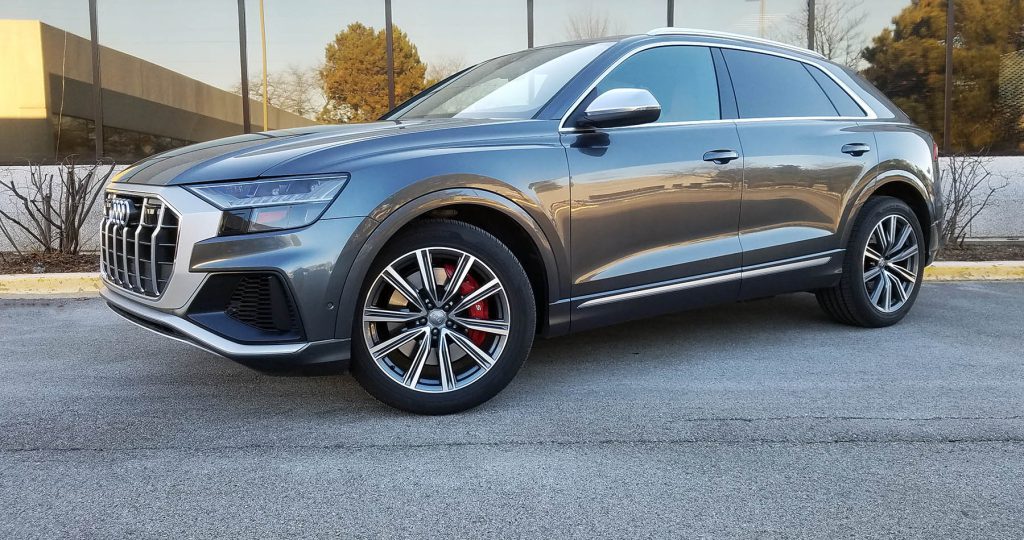

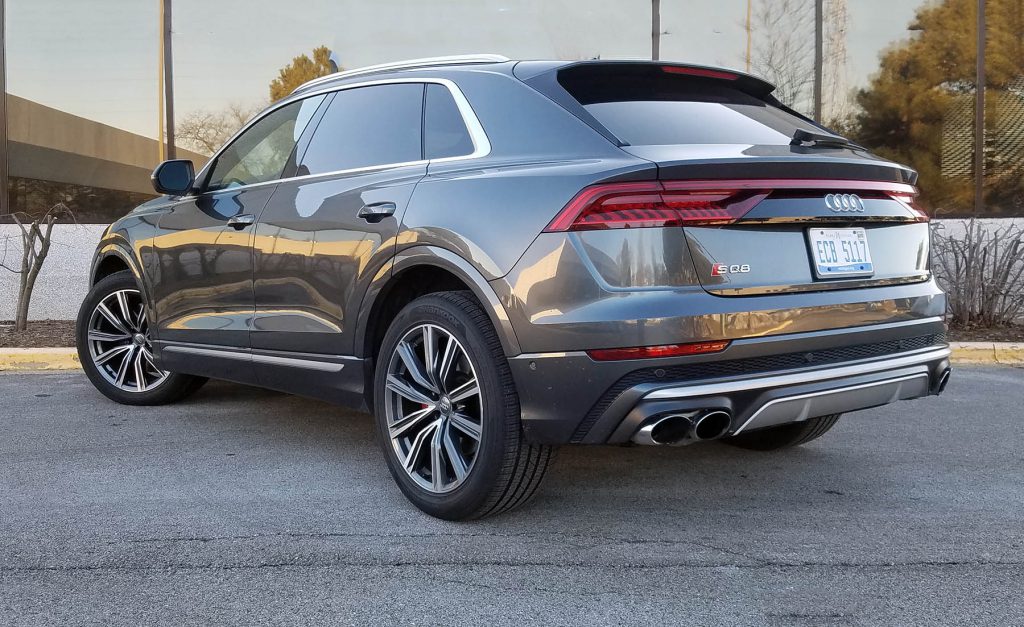

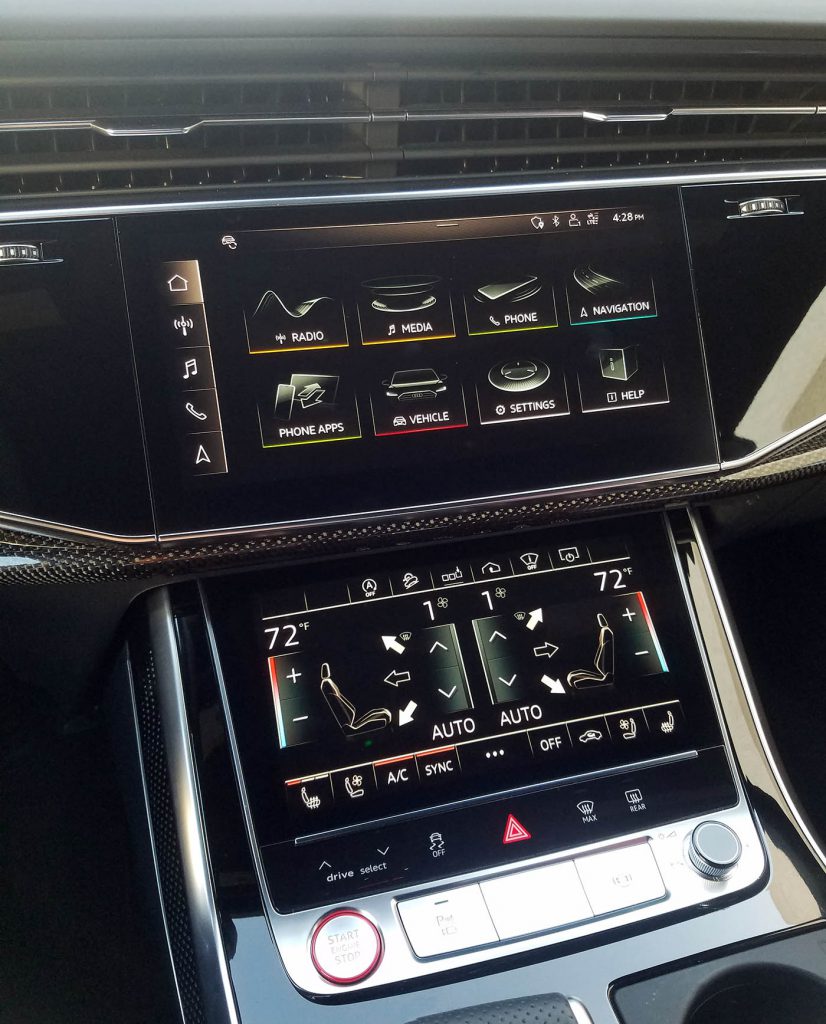

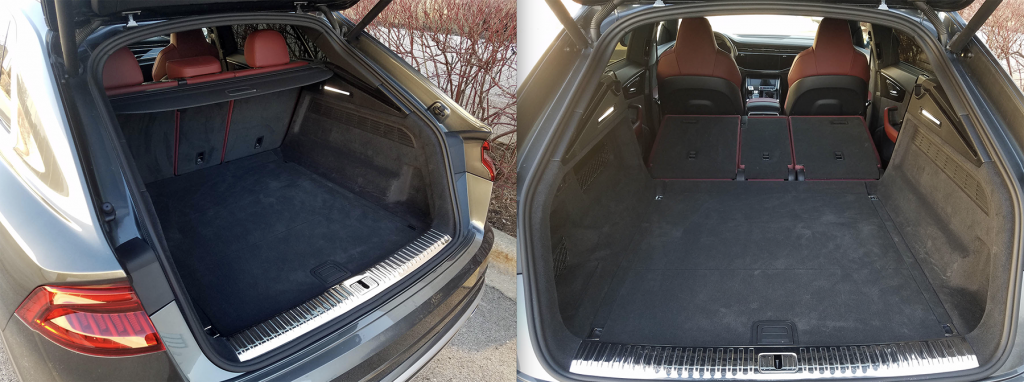
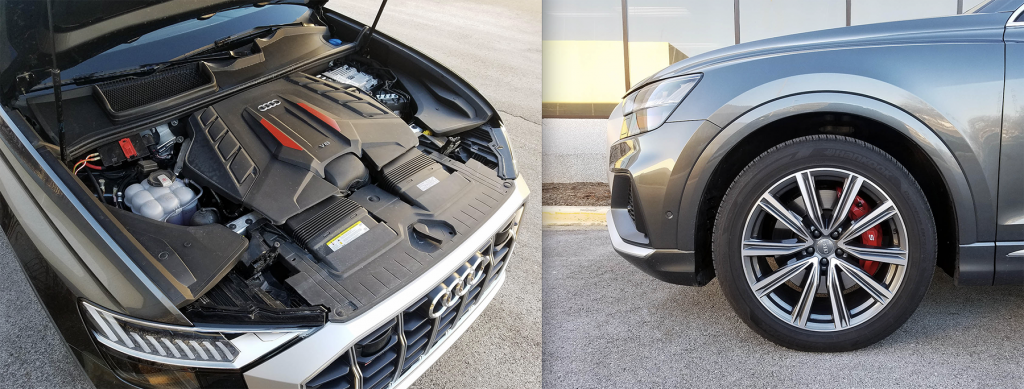
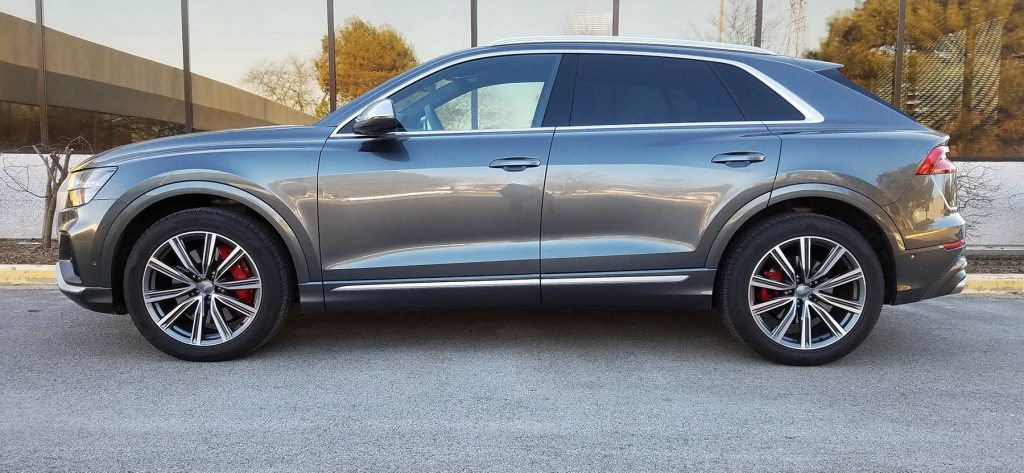
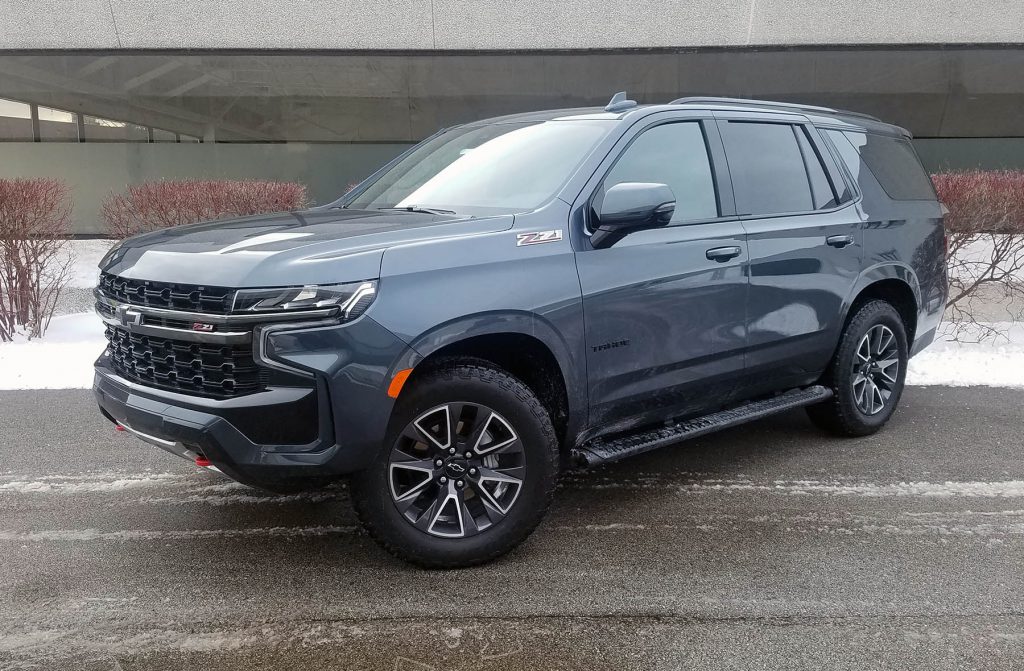

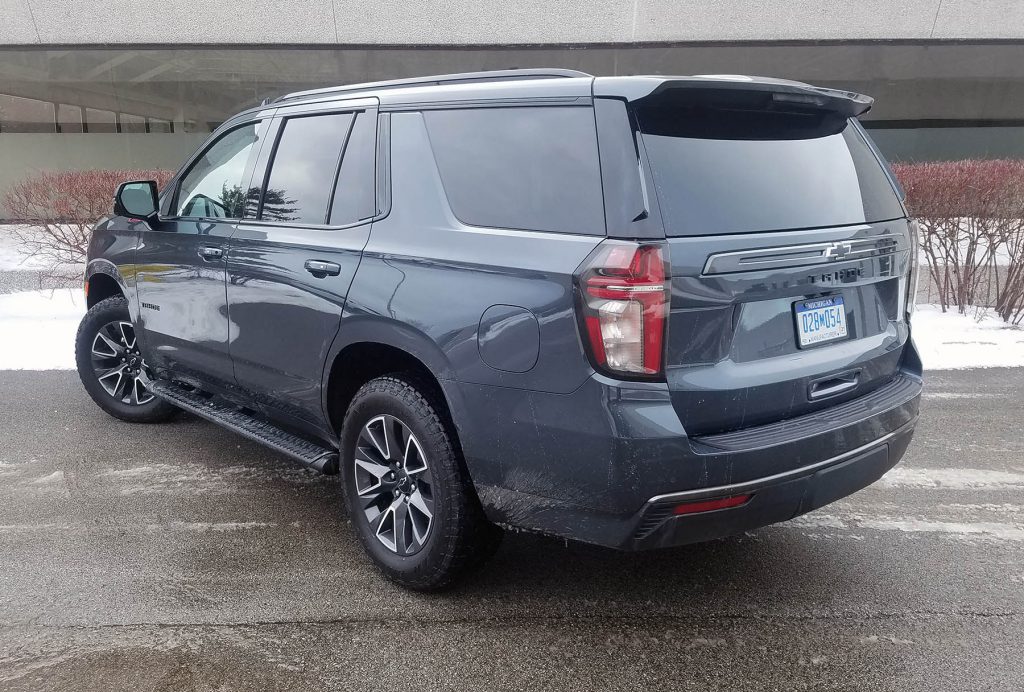
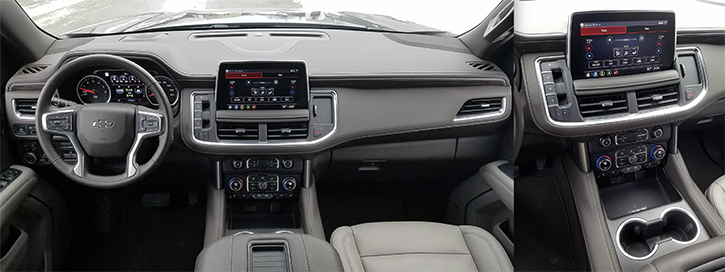
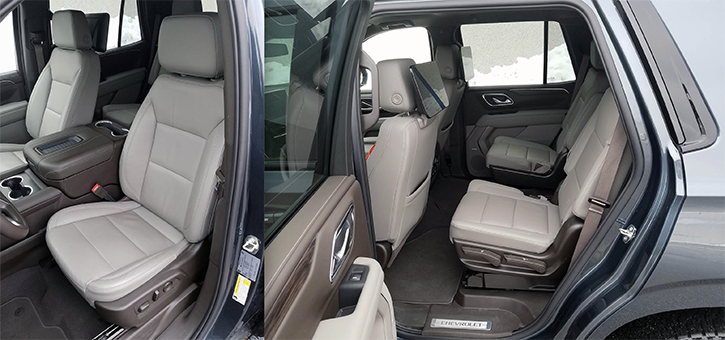


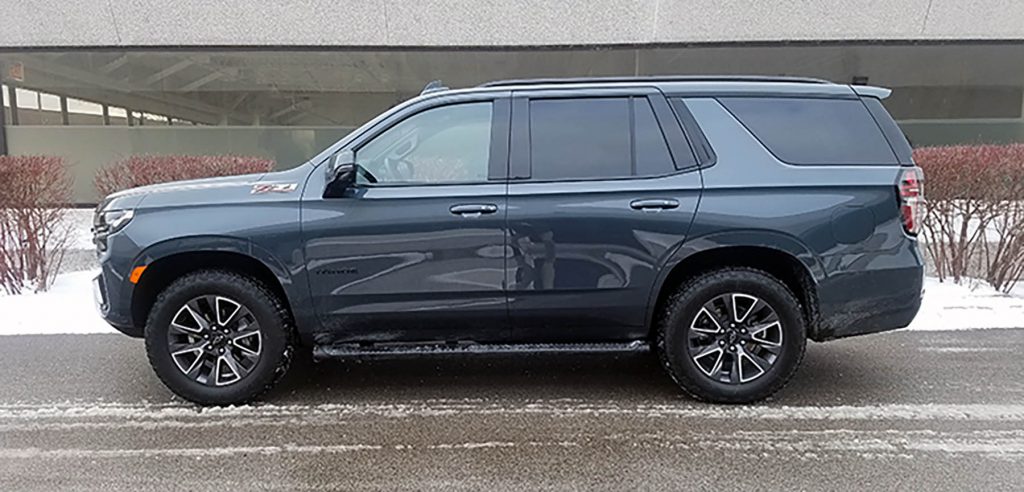
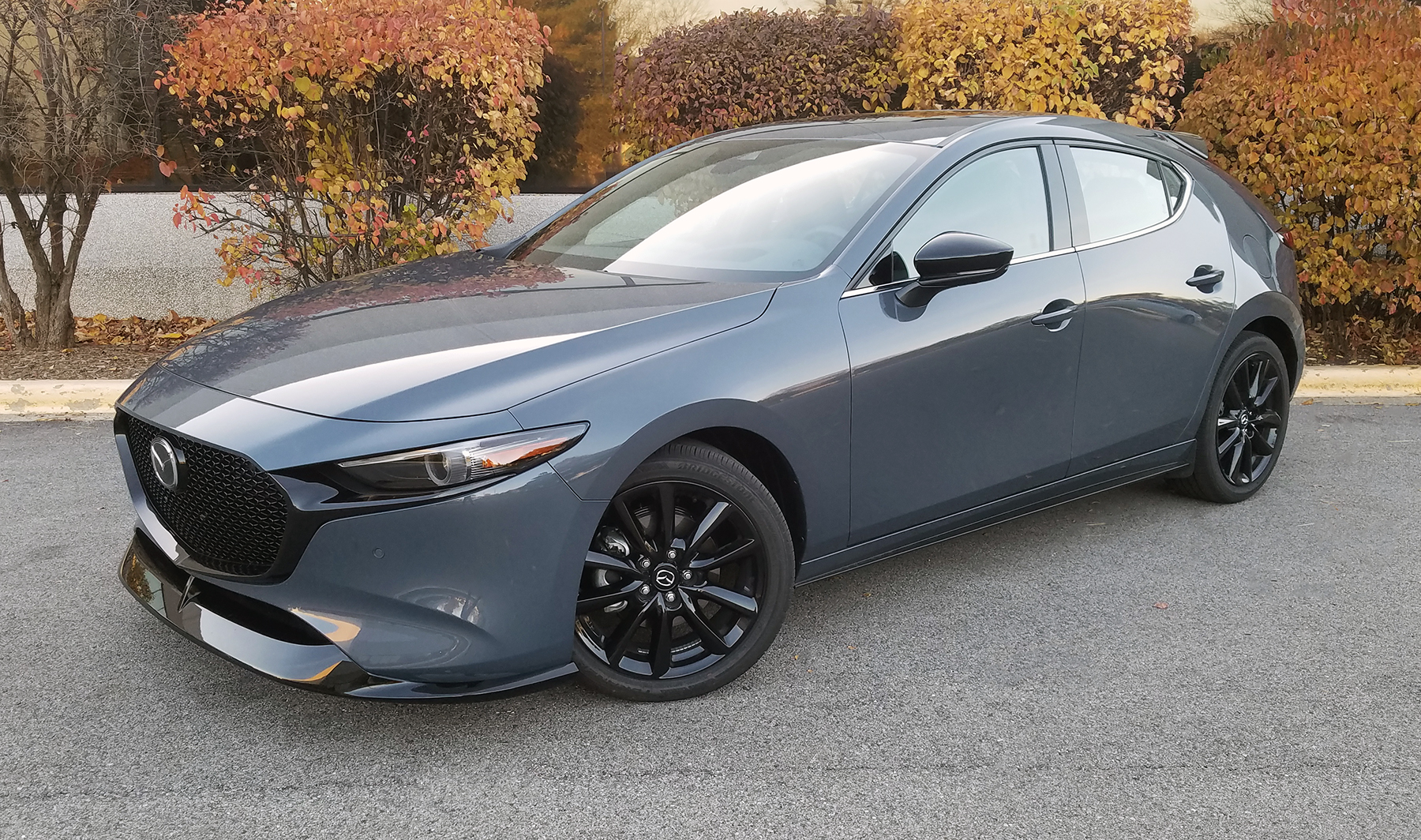

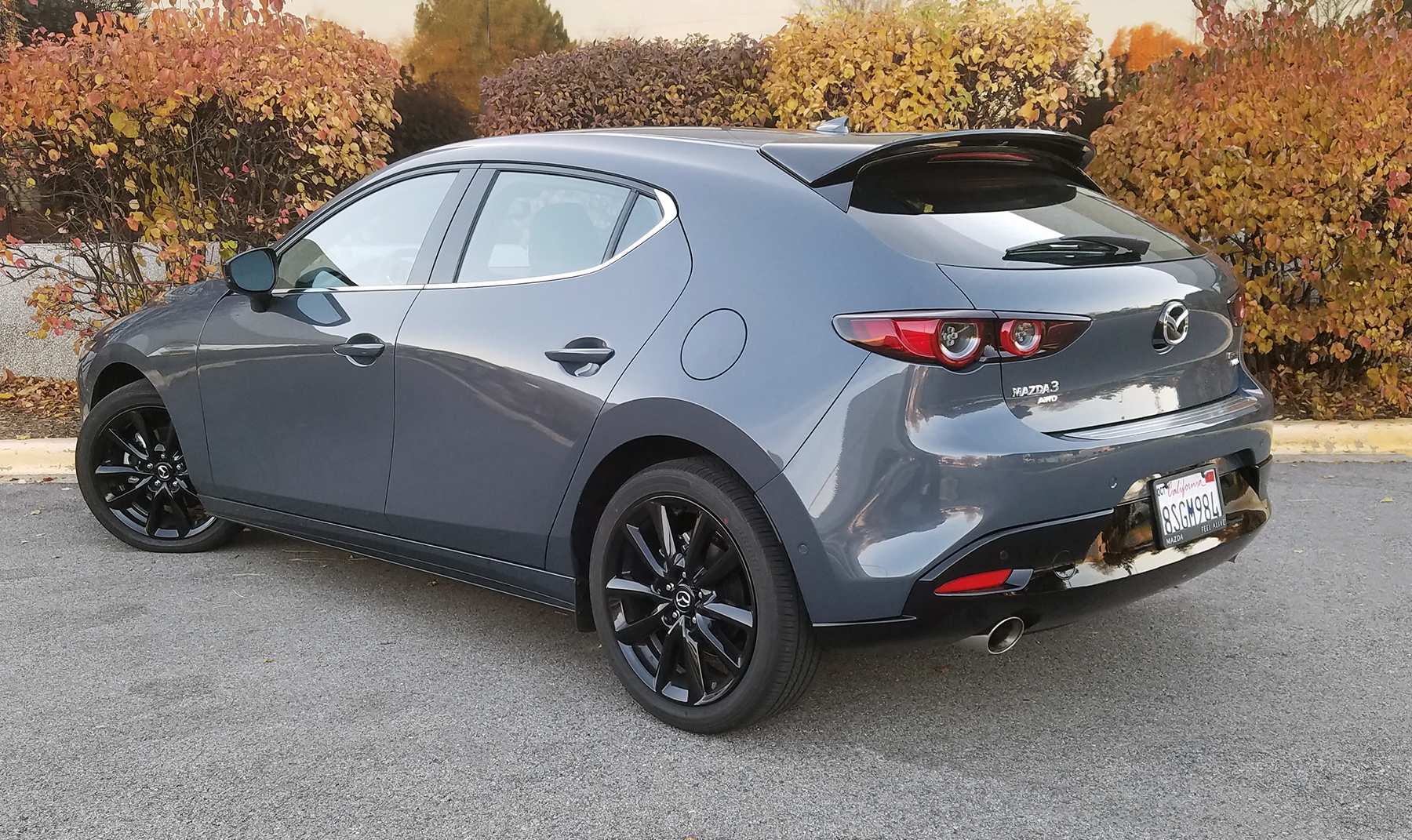

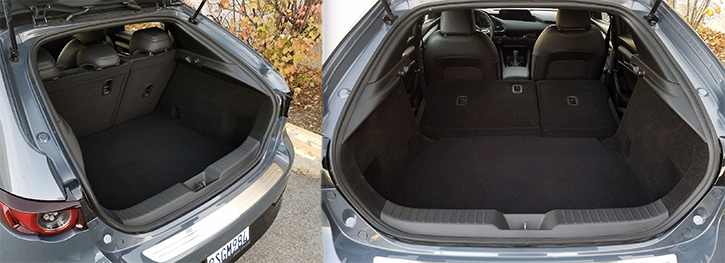

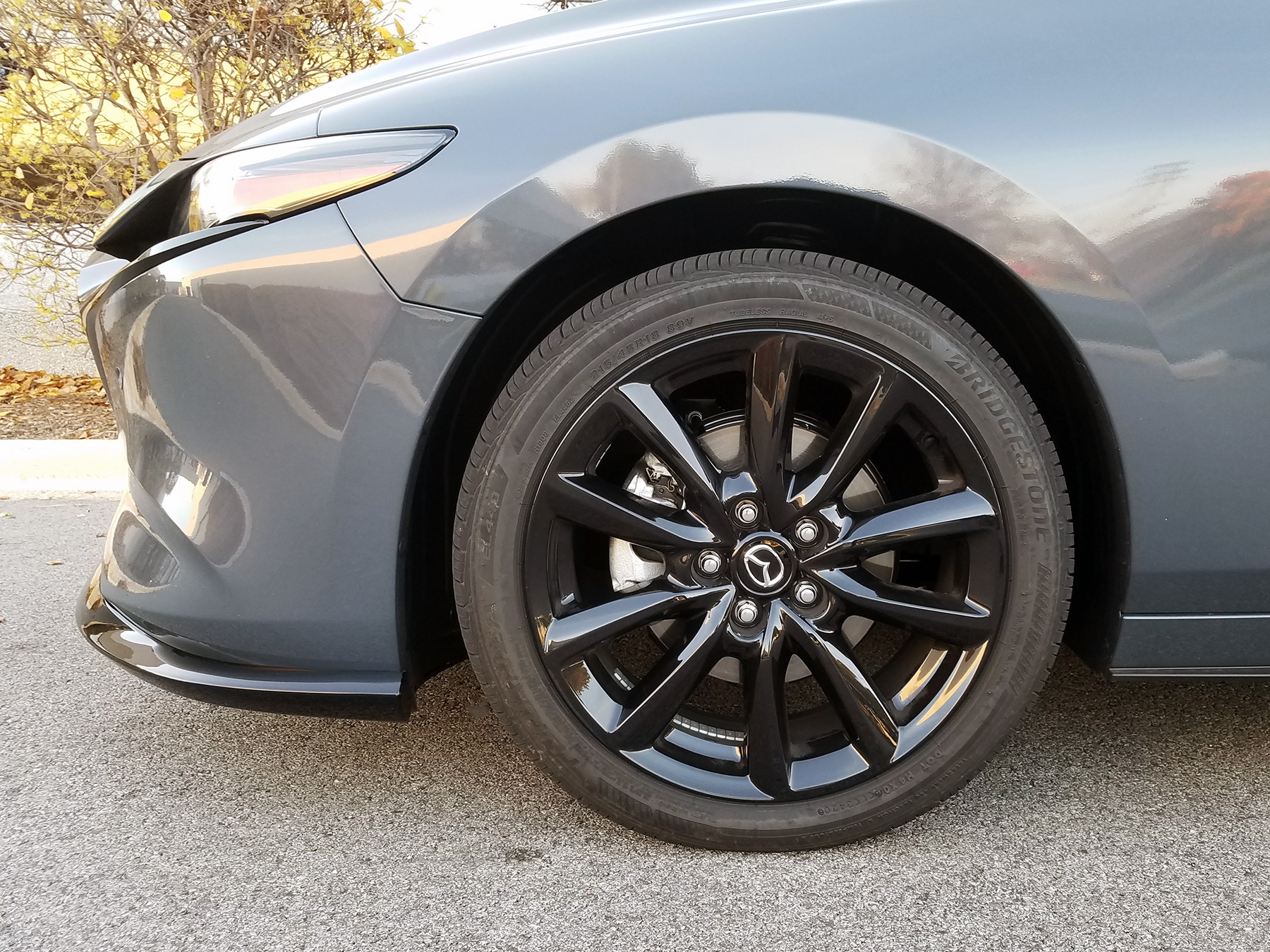
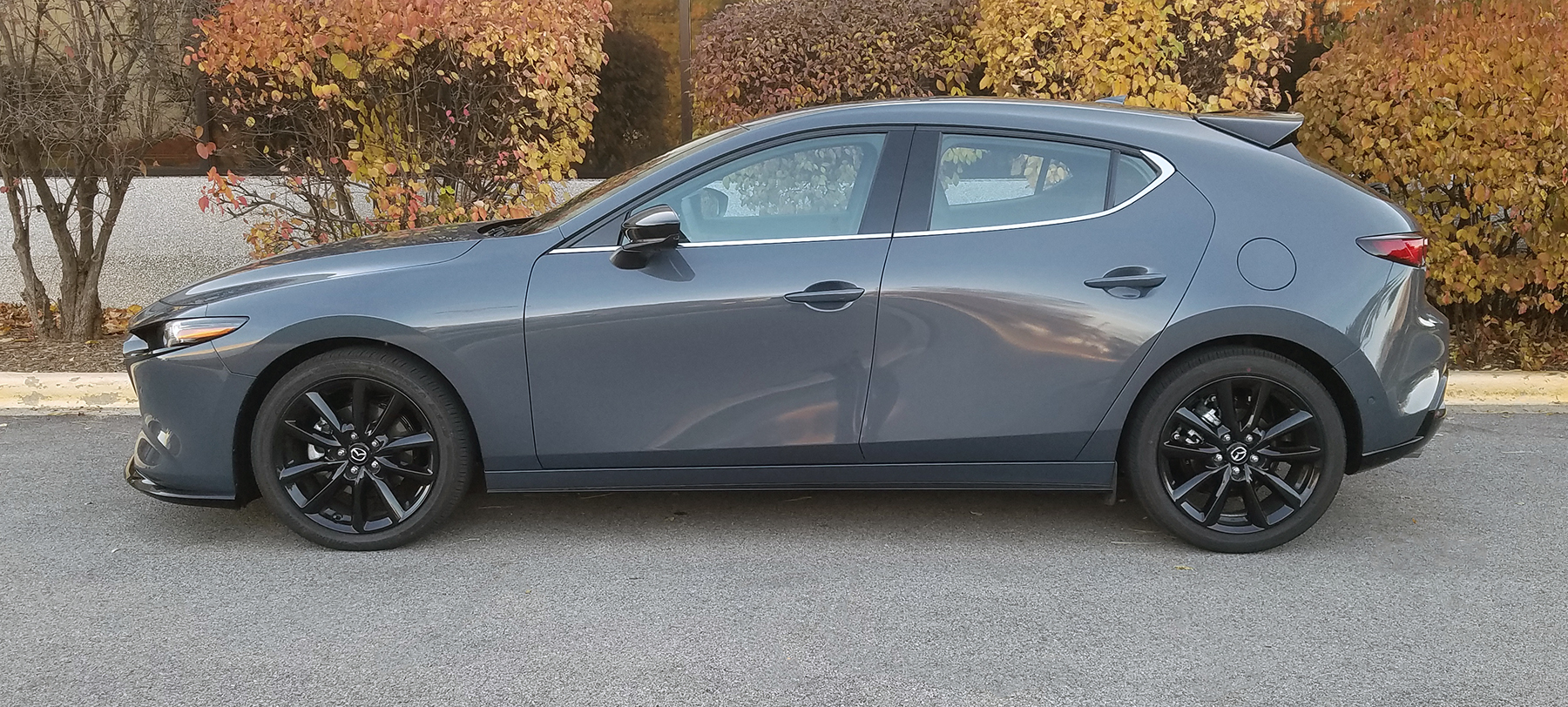
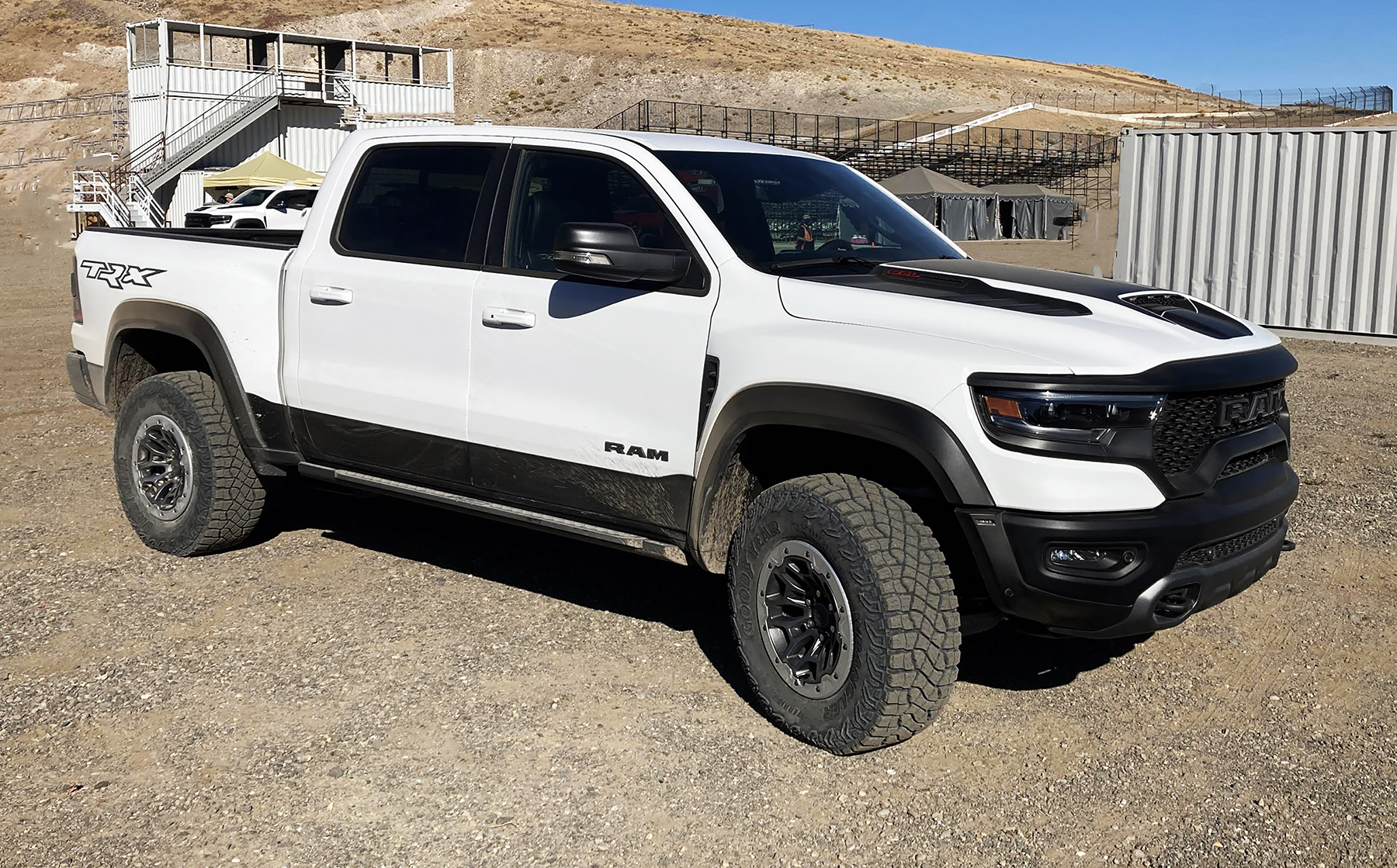
 By Don Sikora II
By Don Sikora II